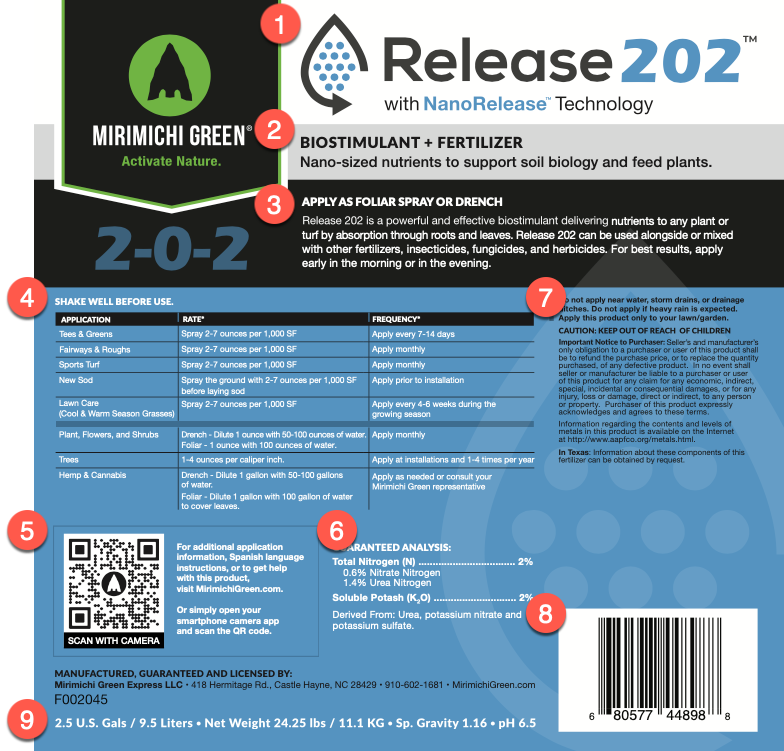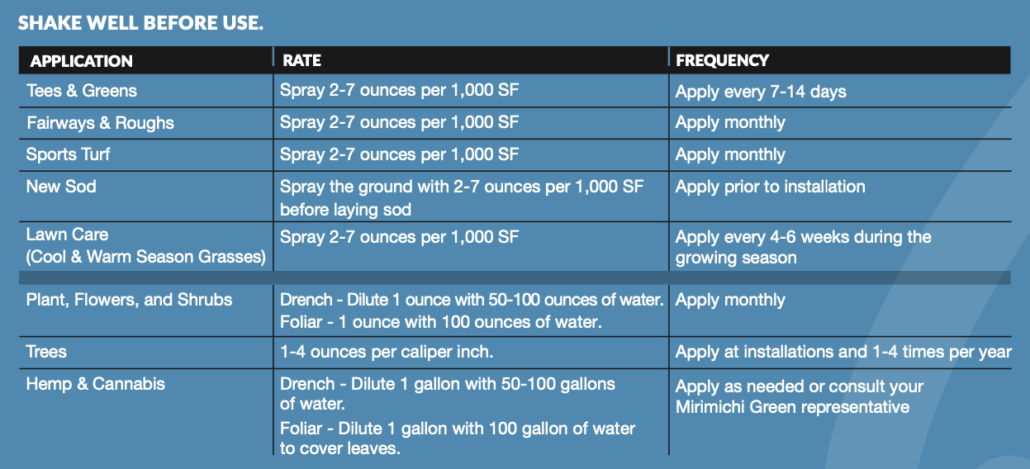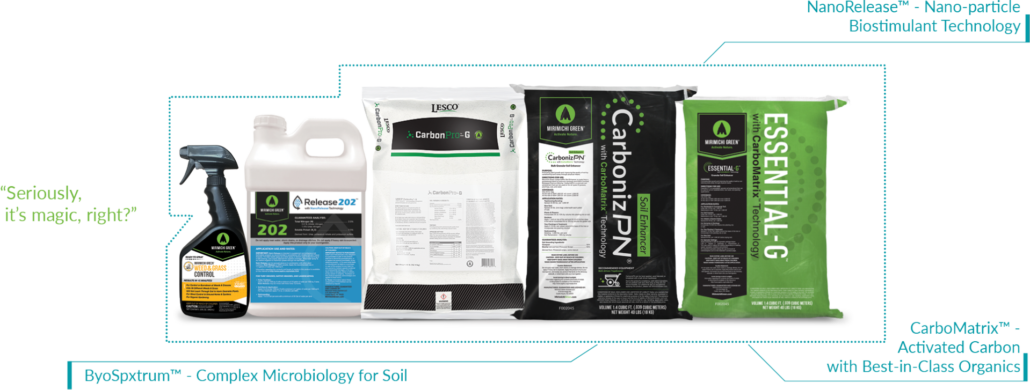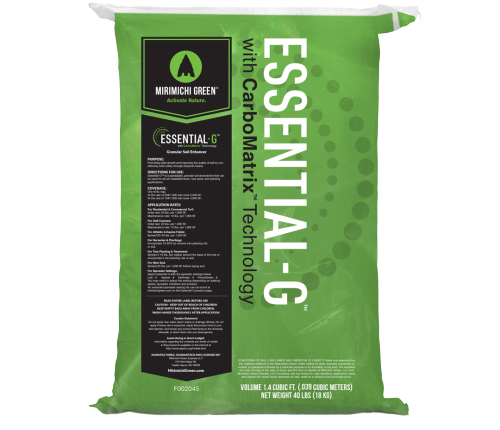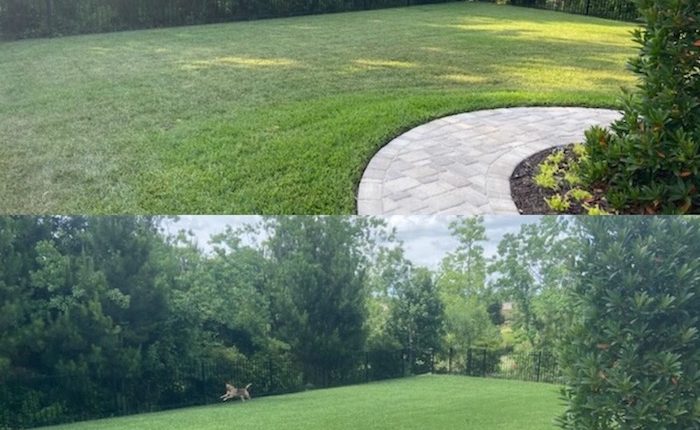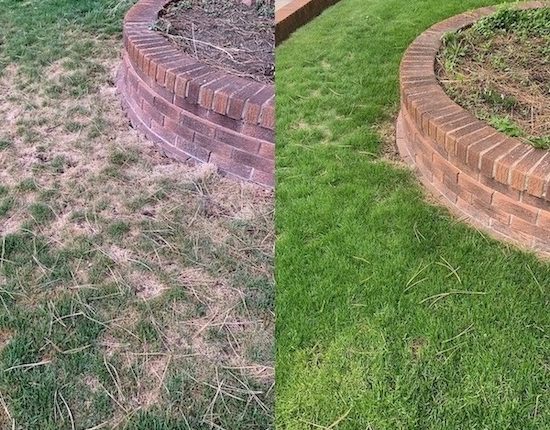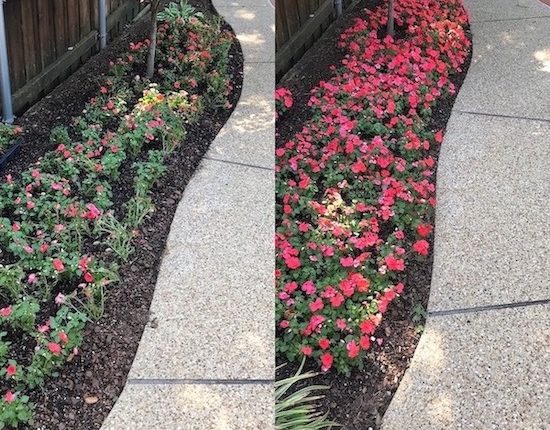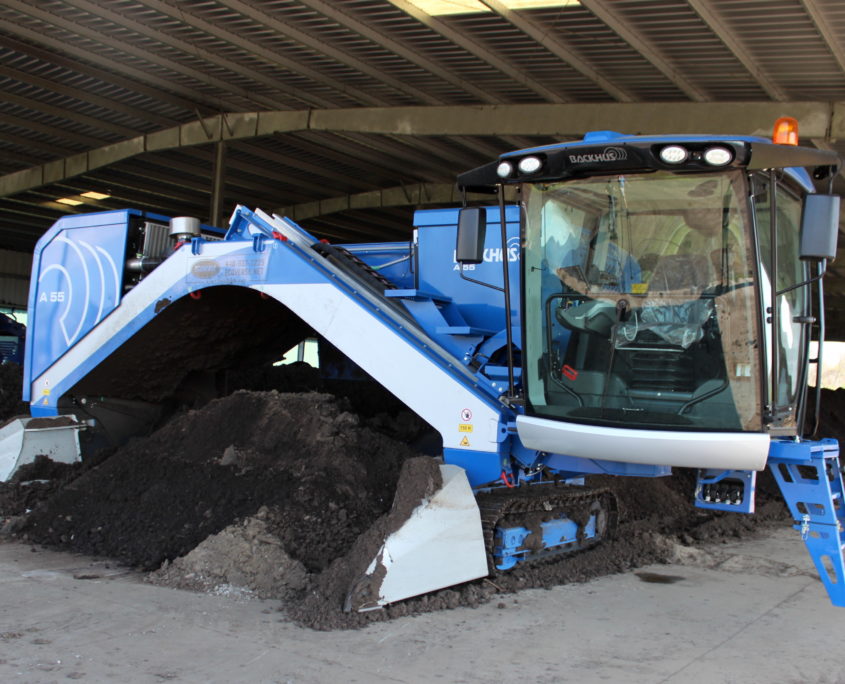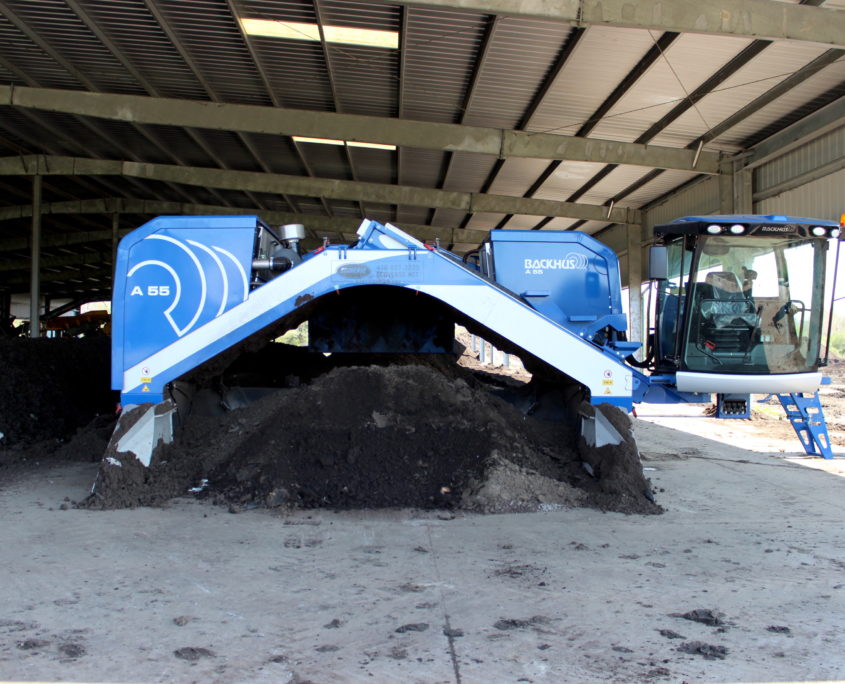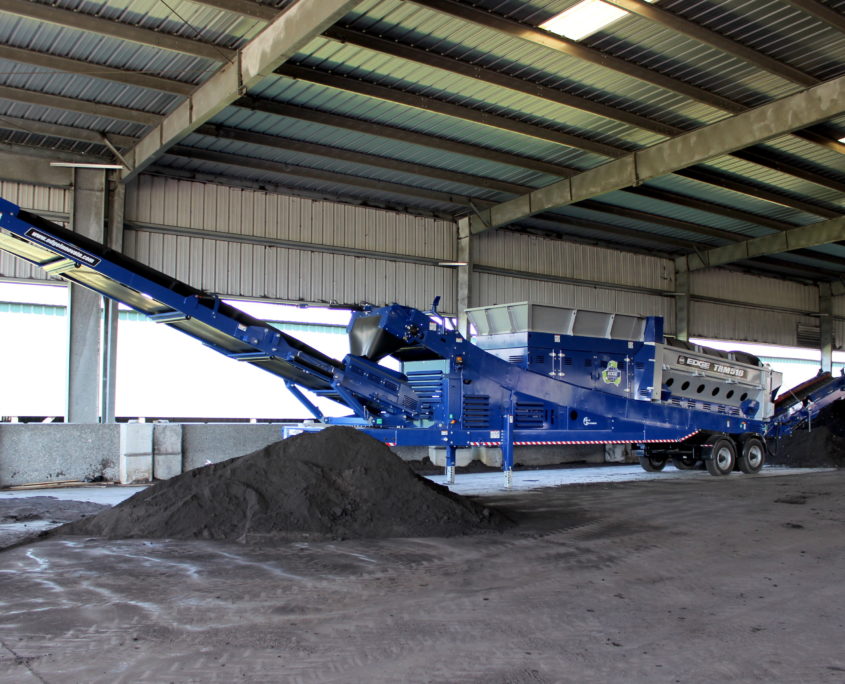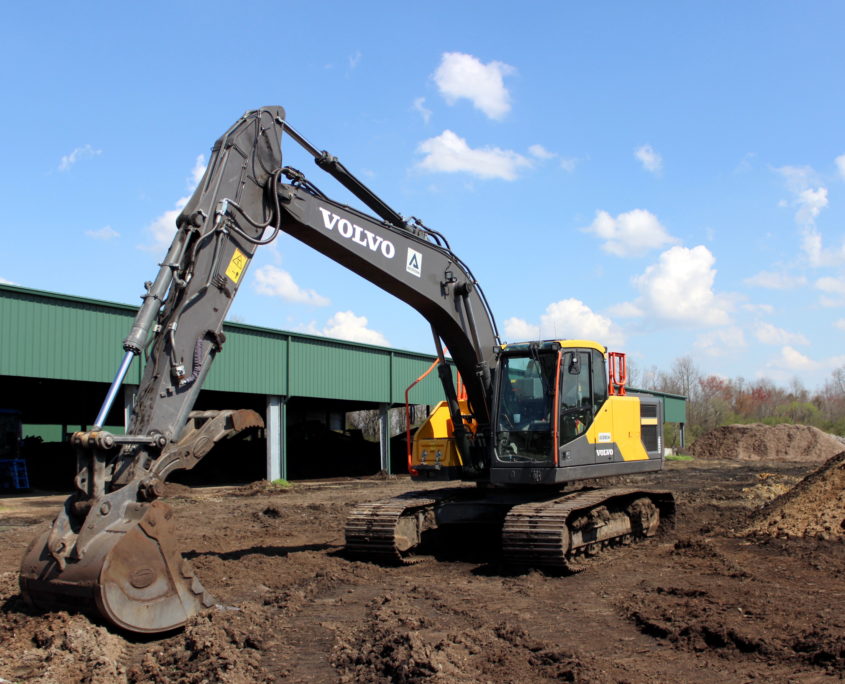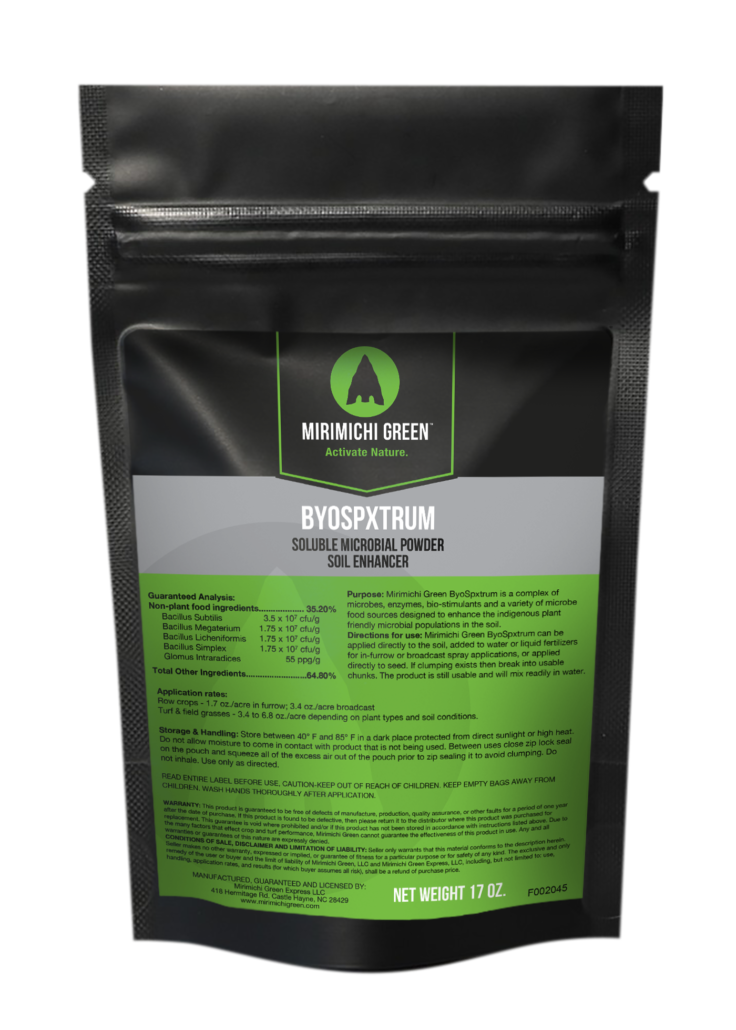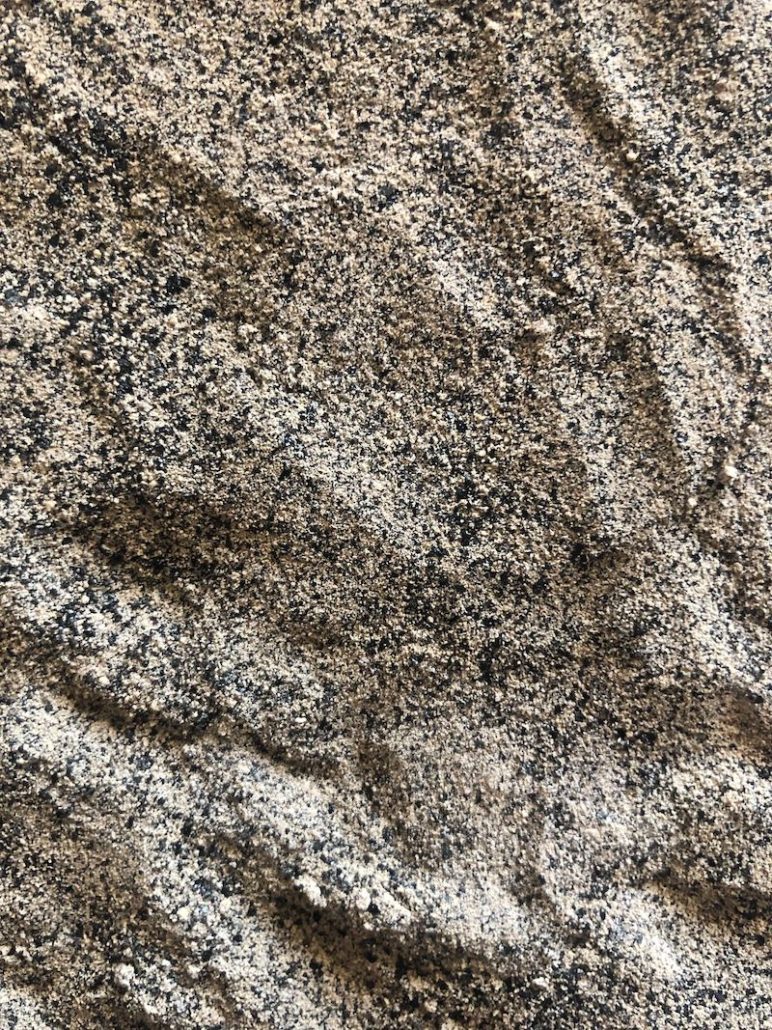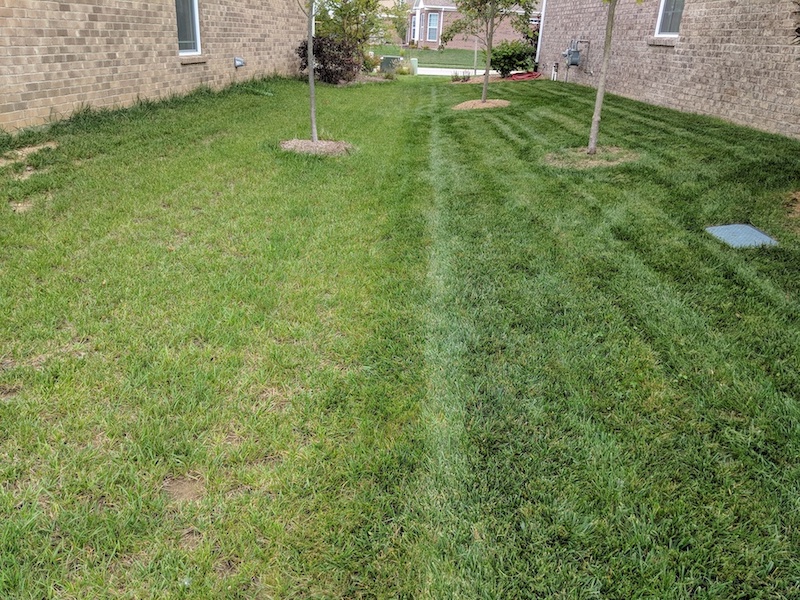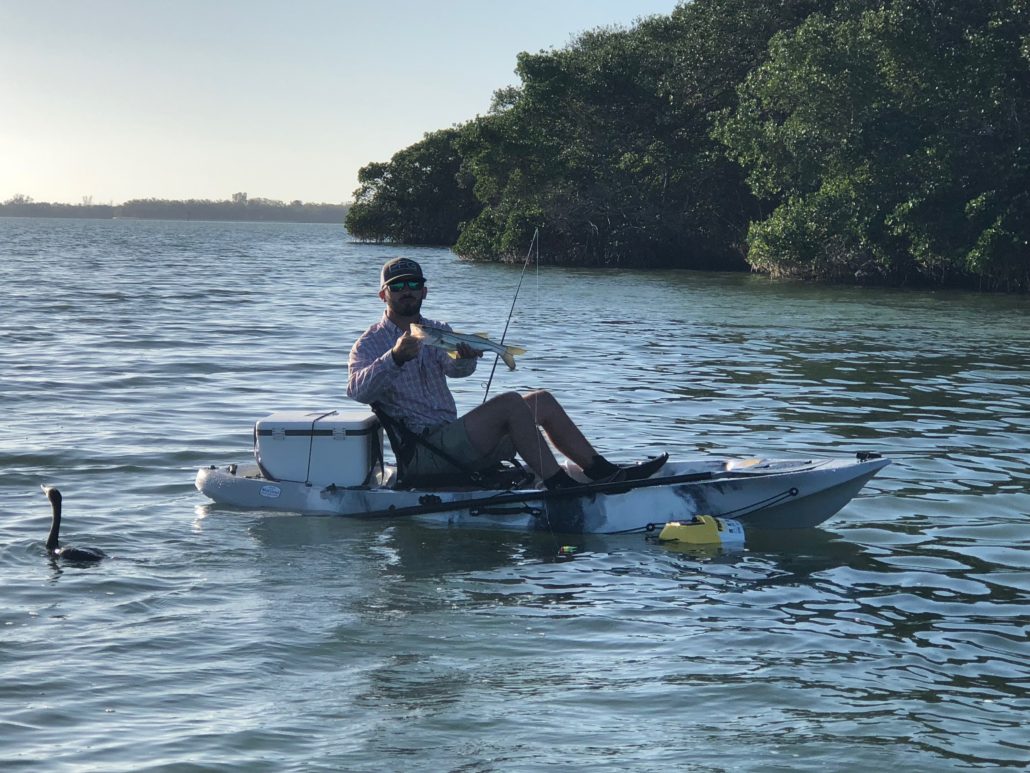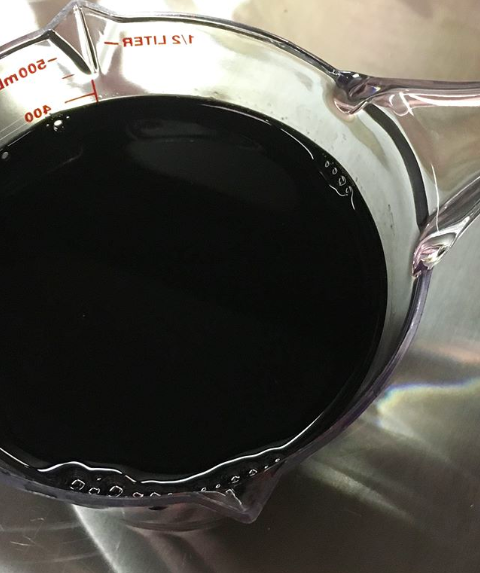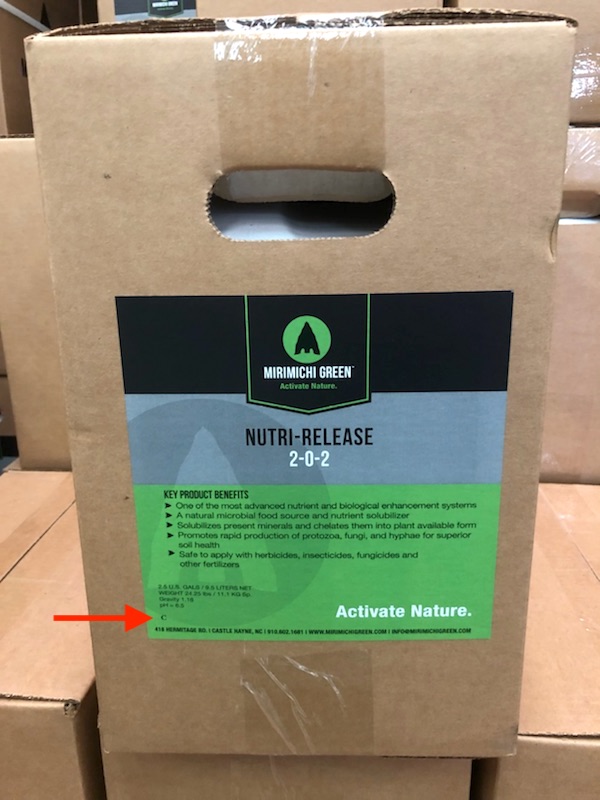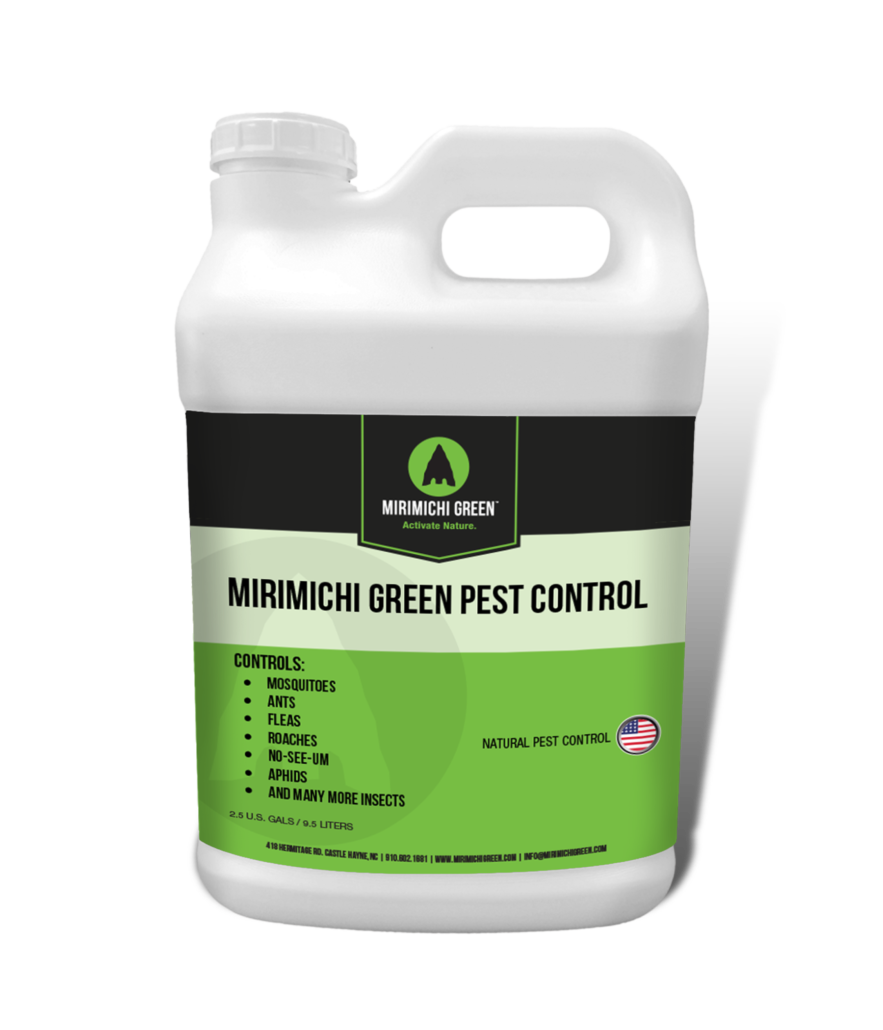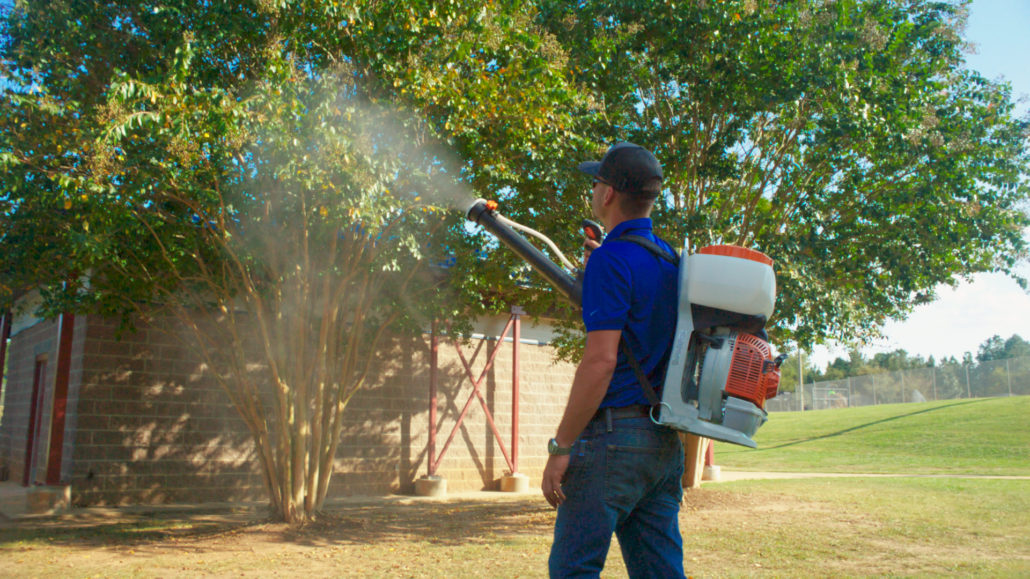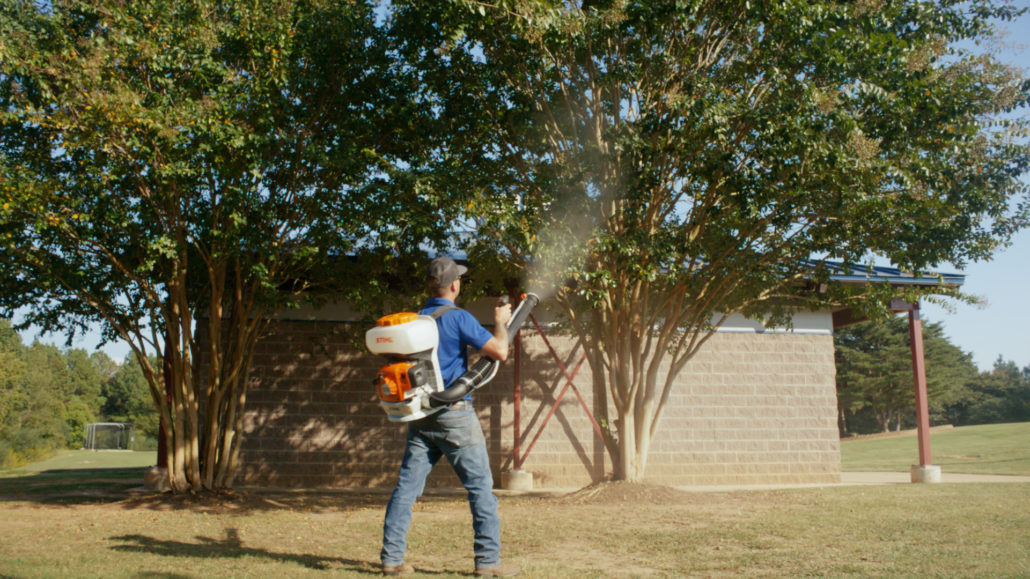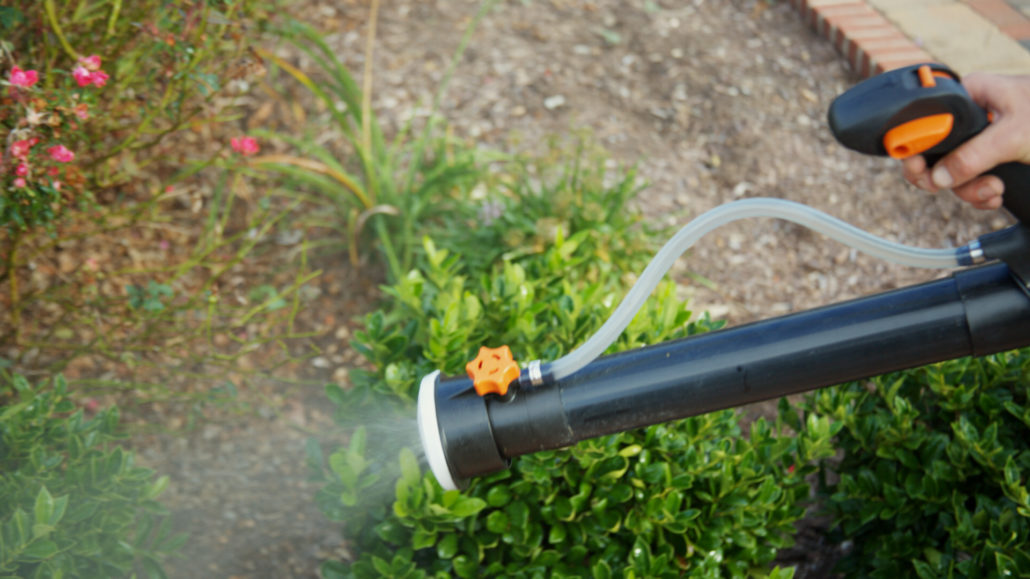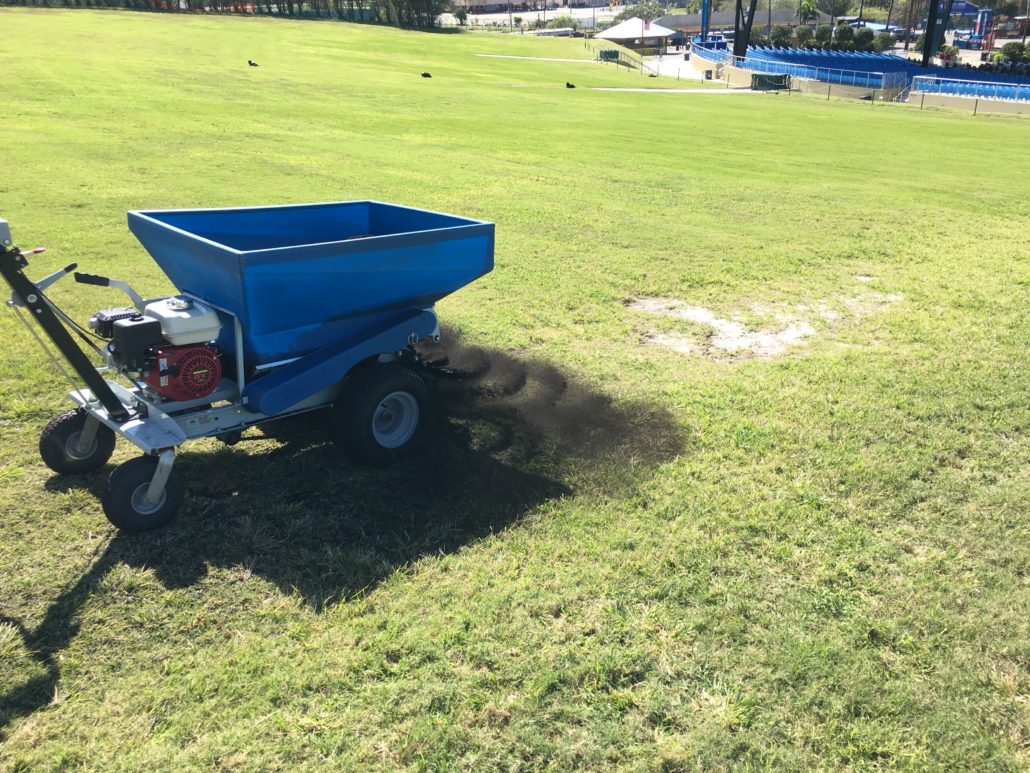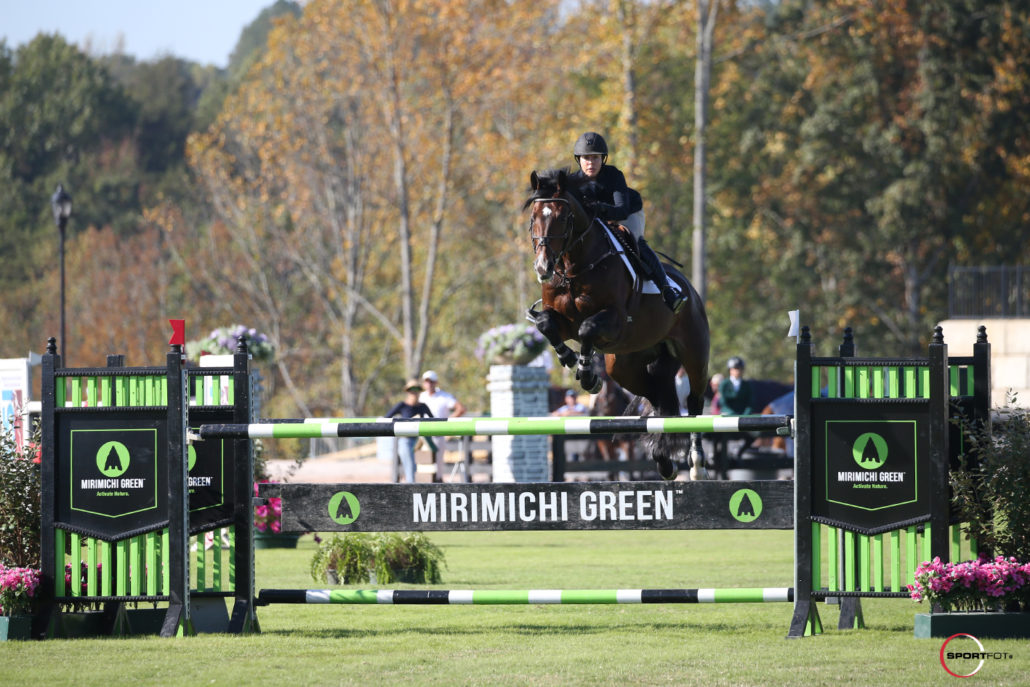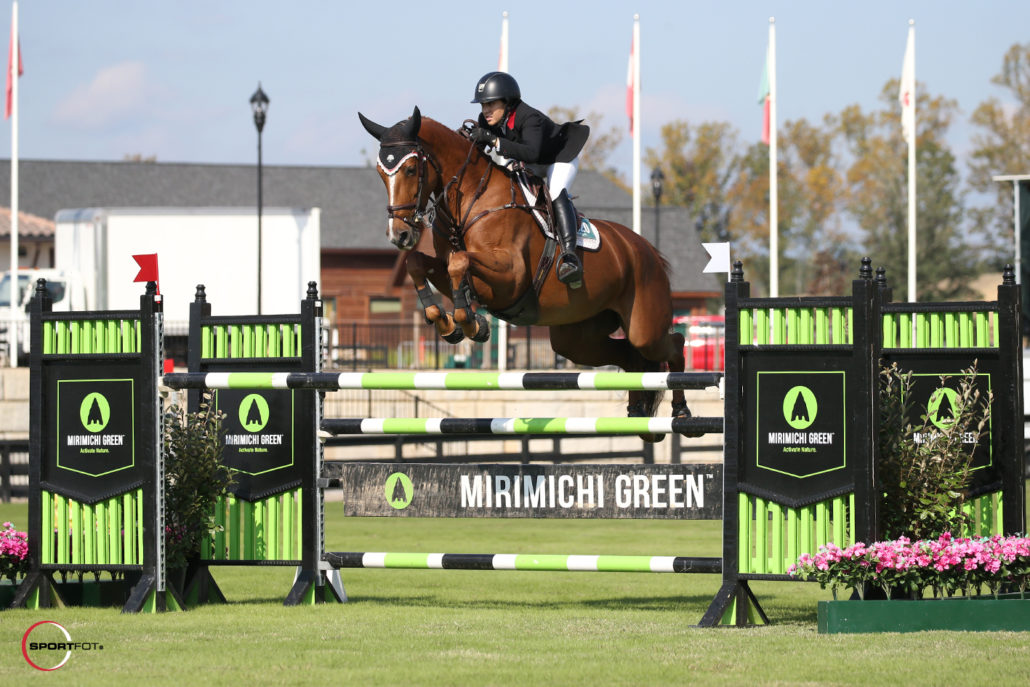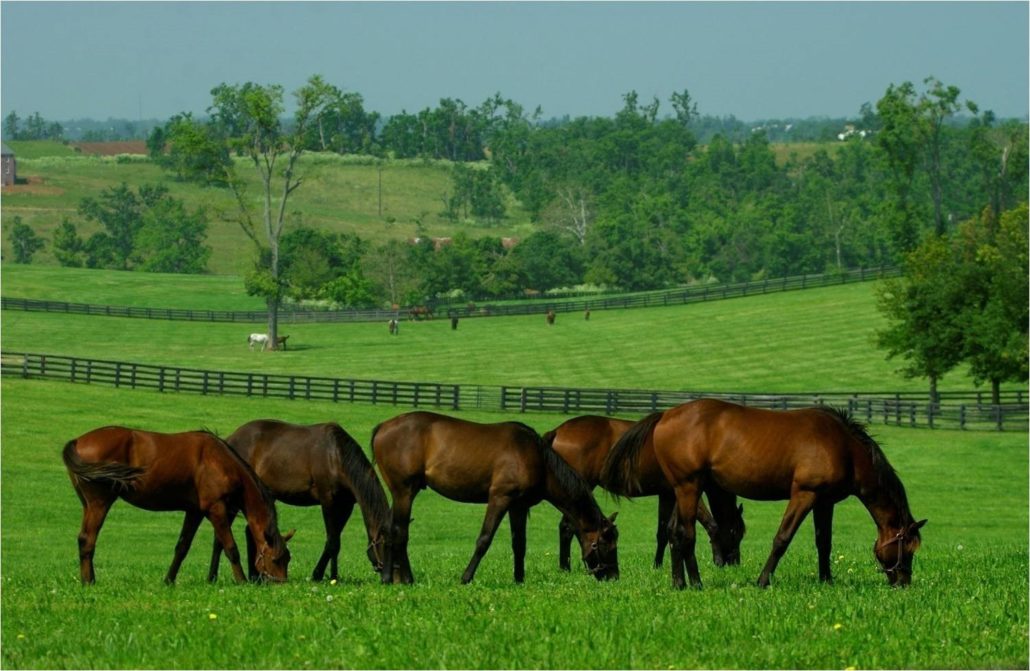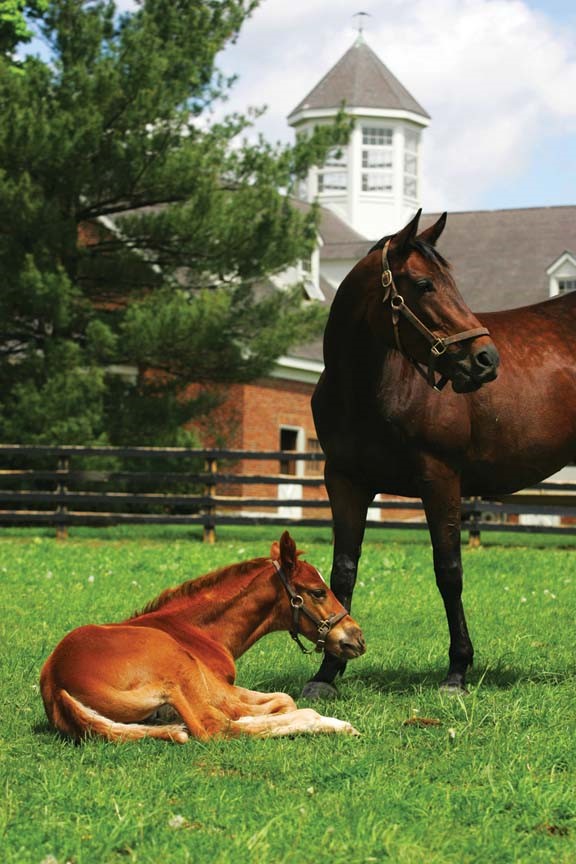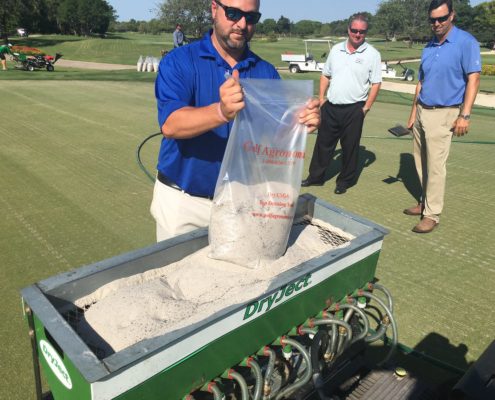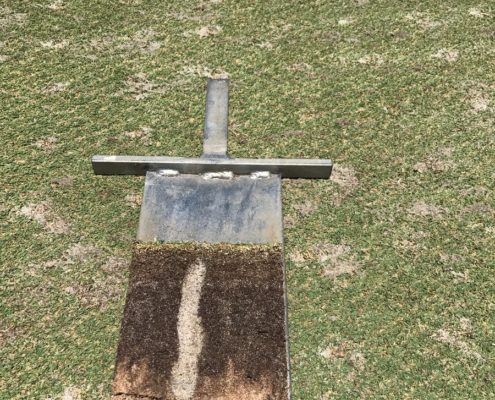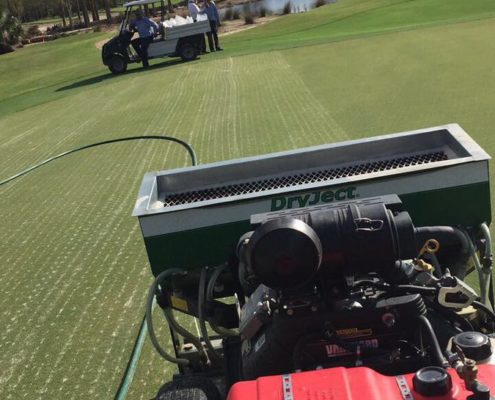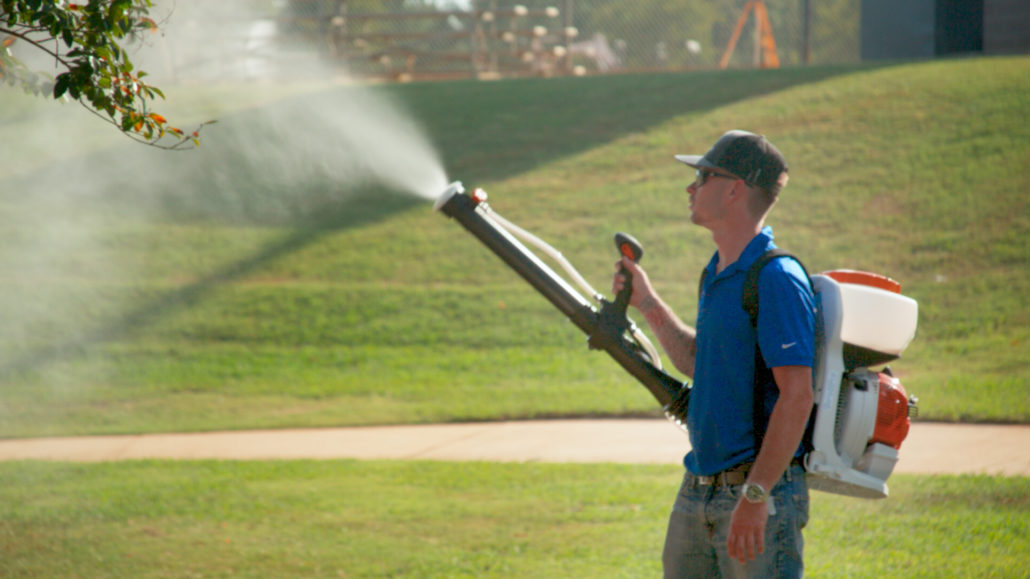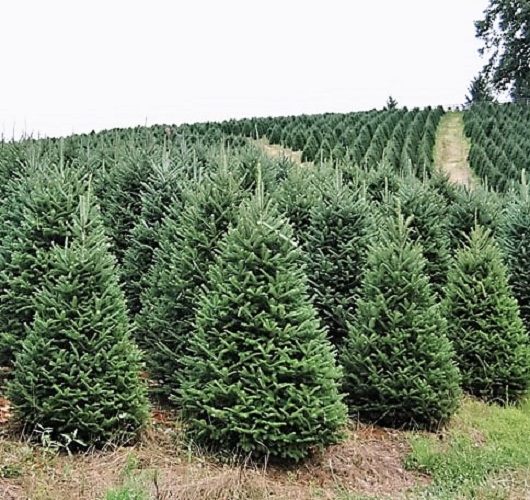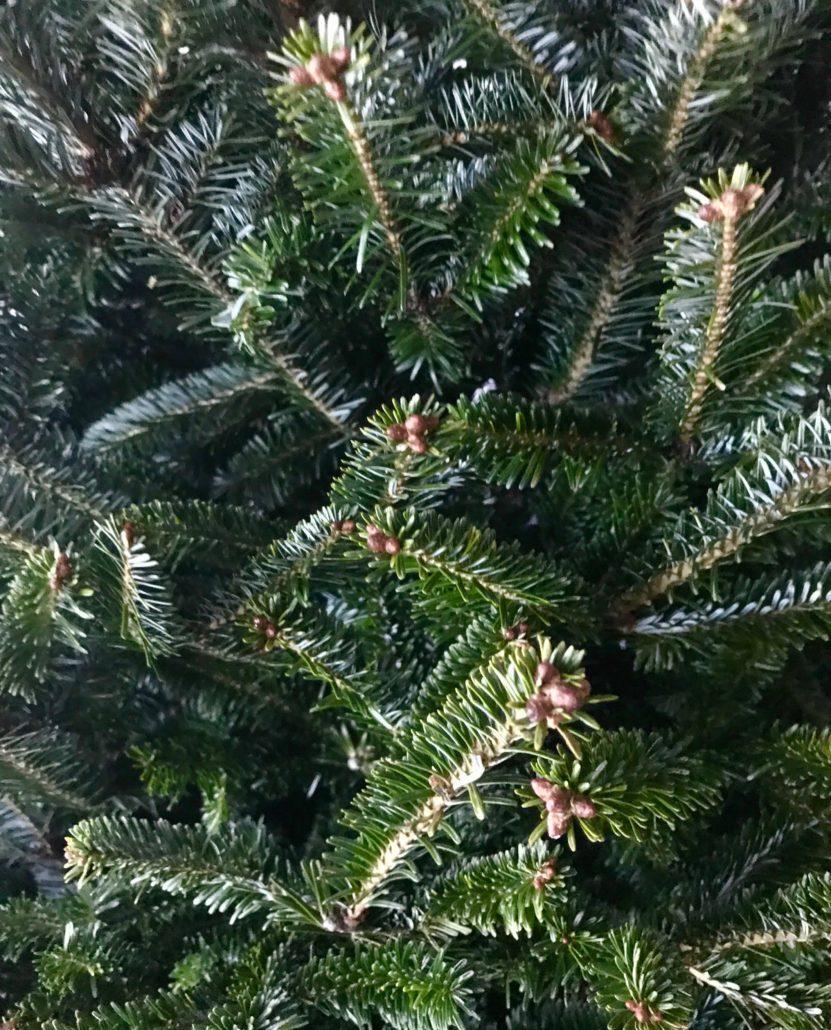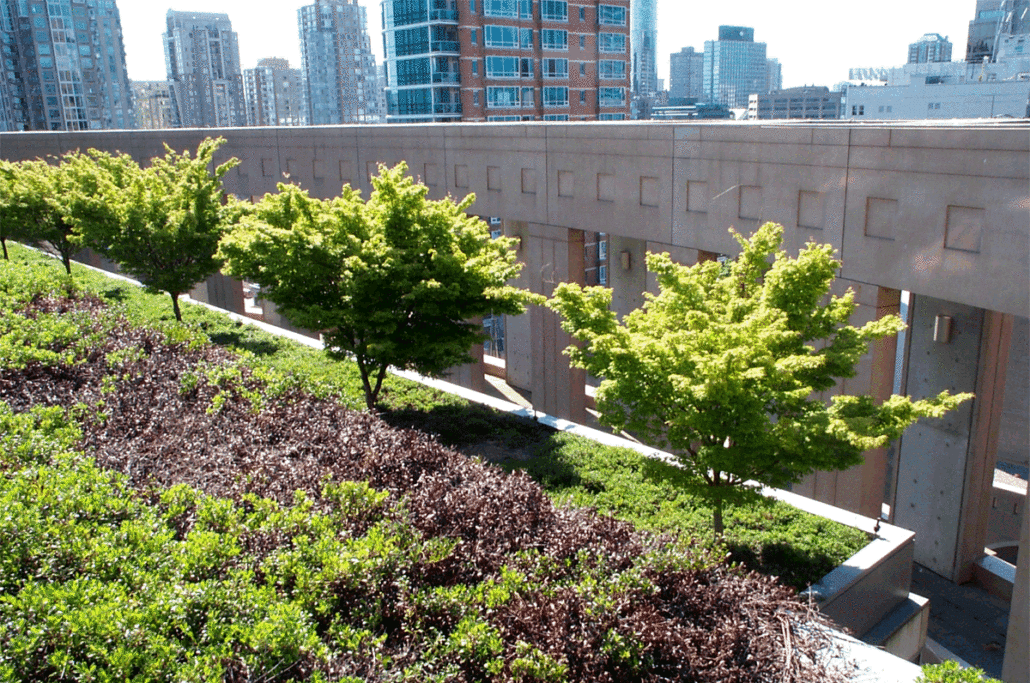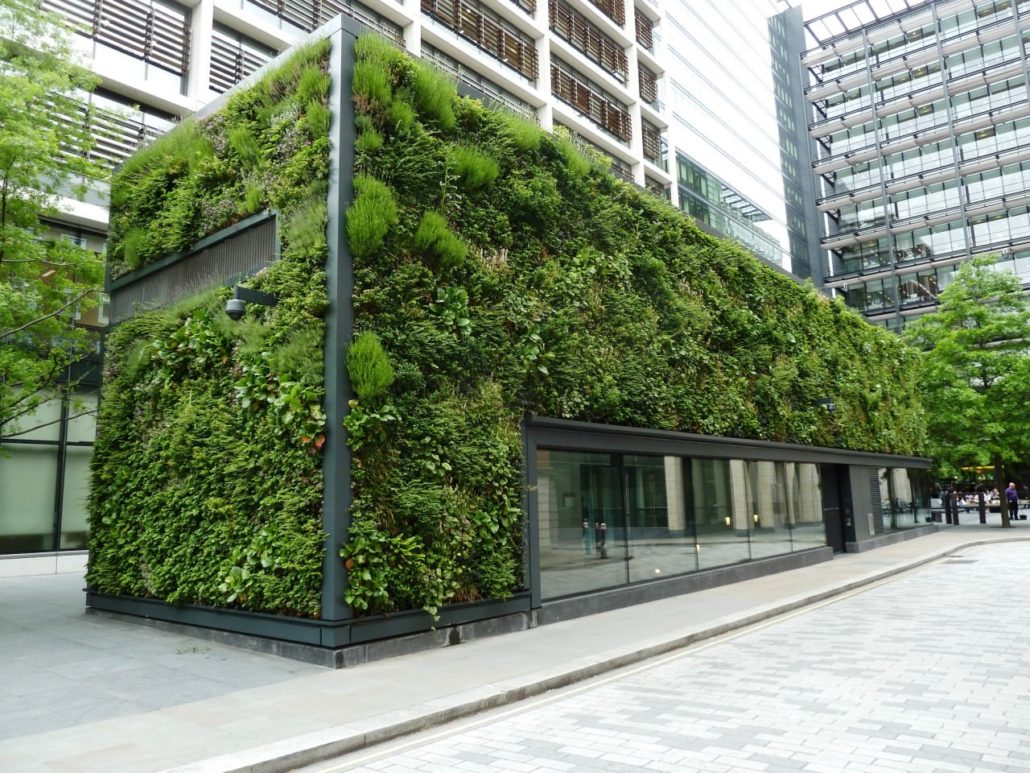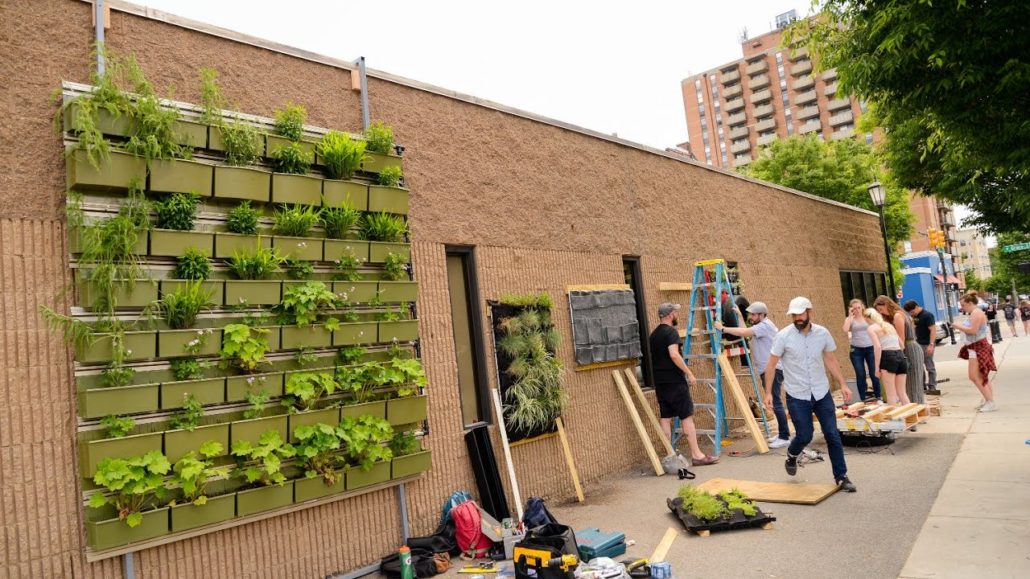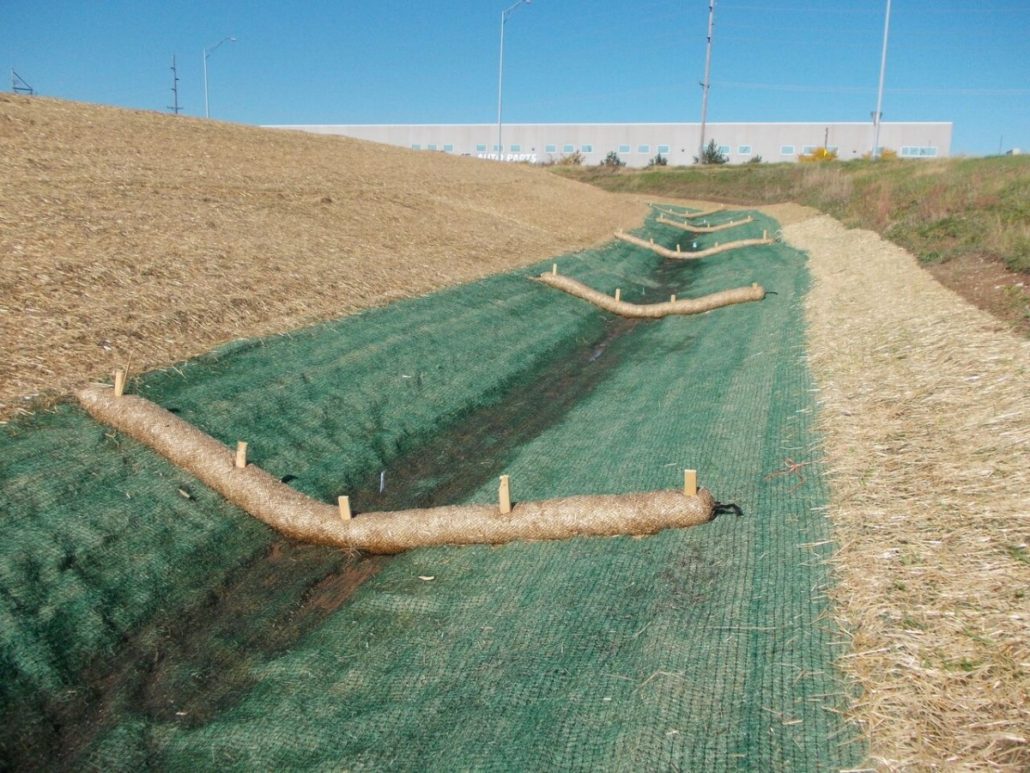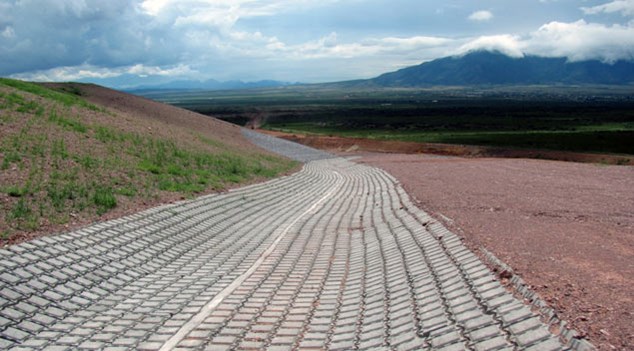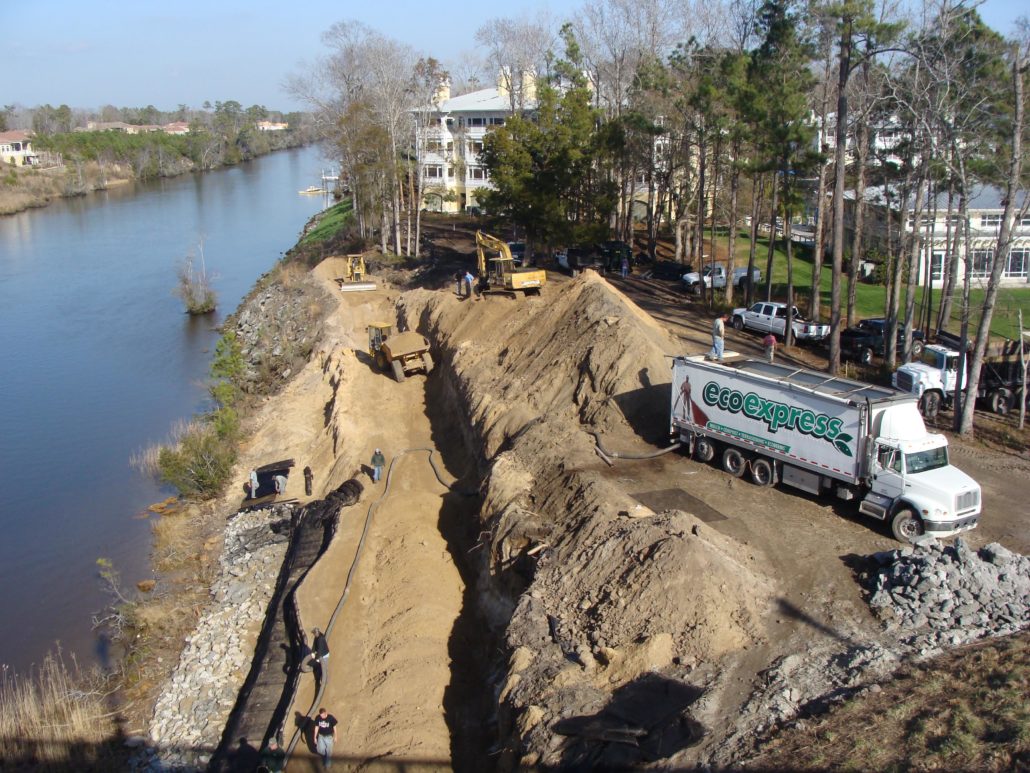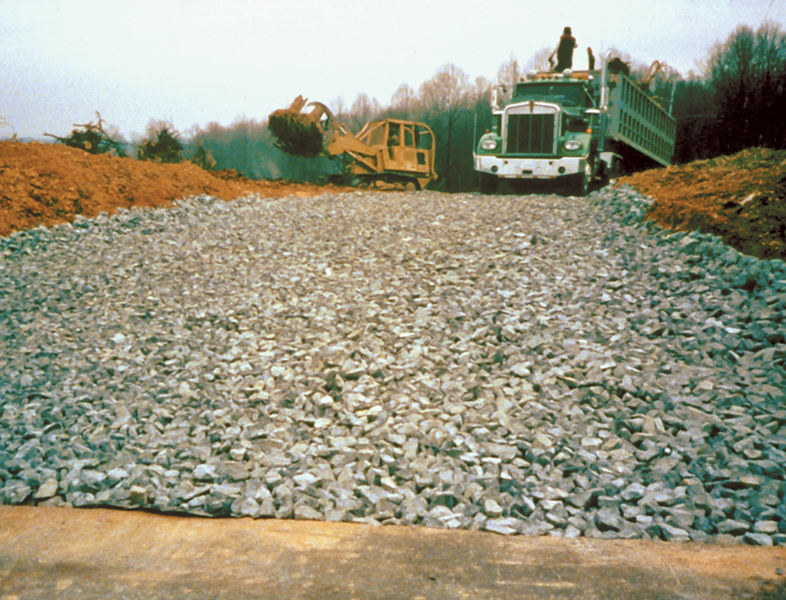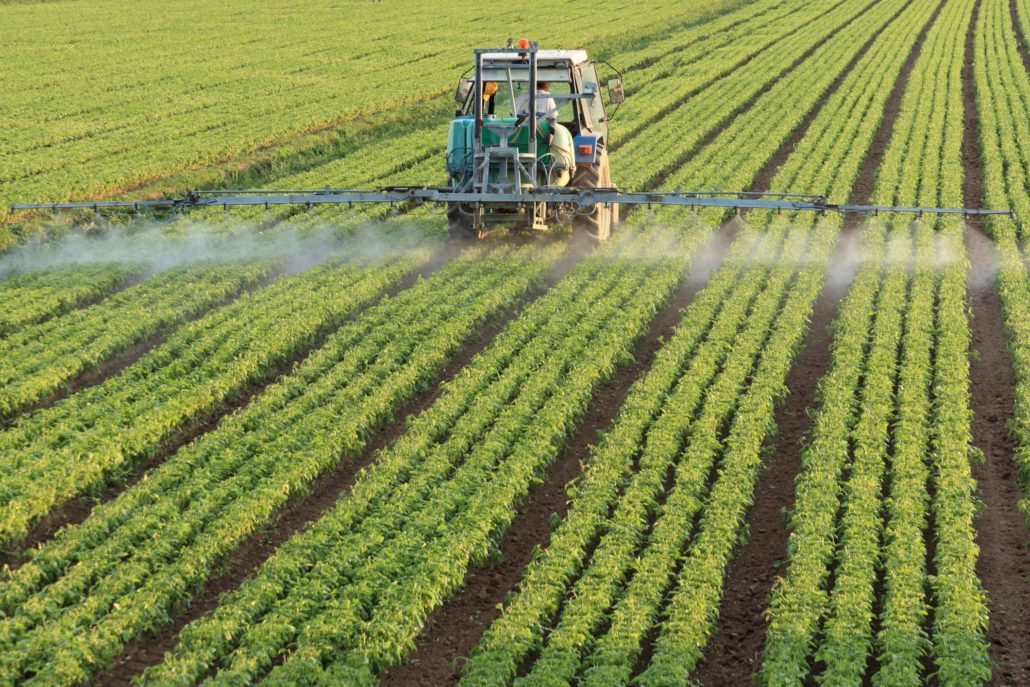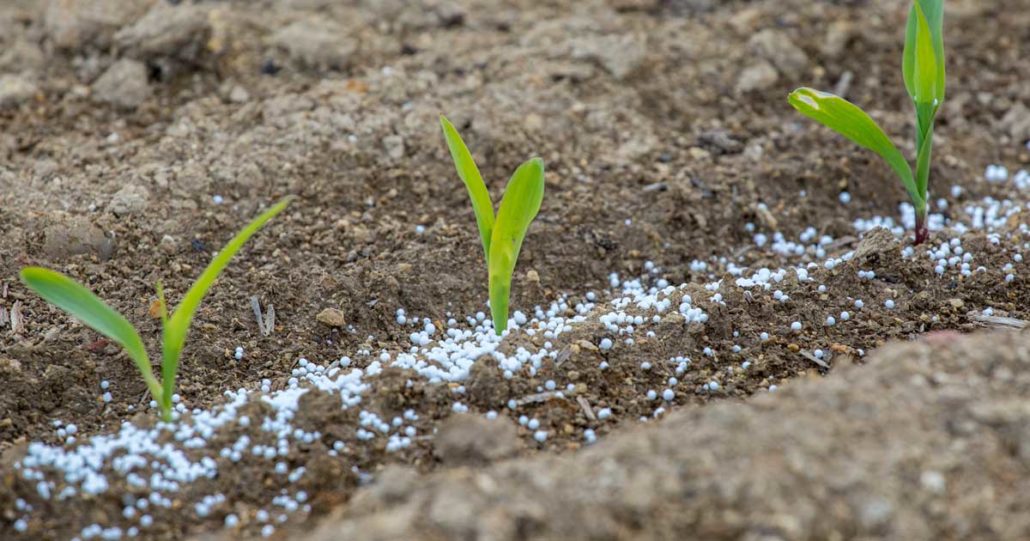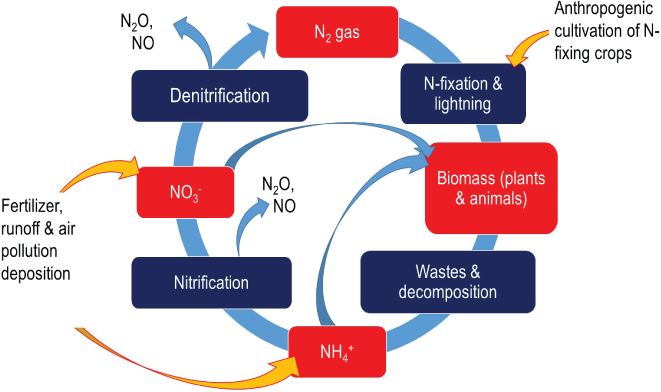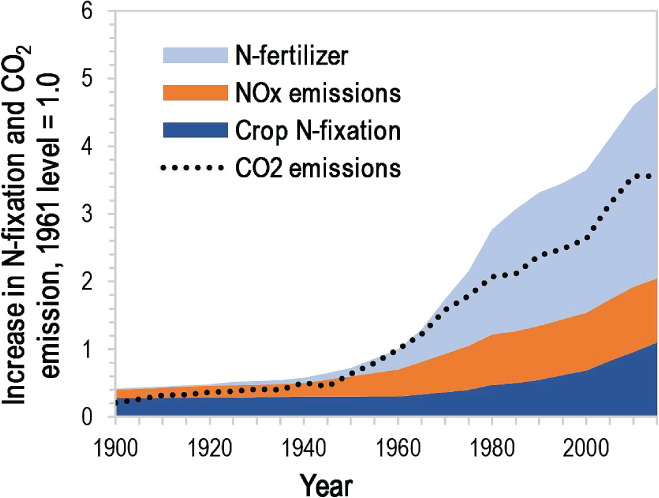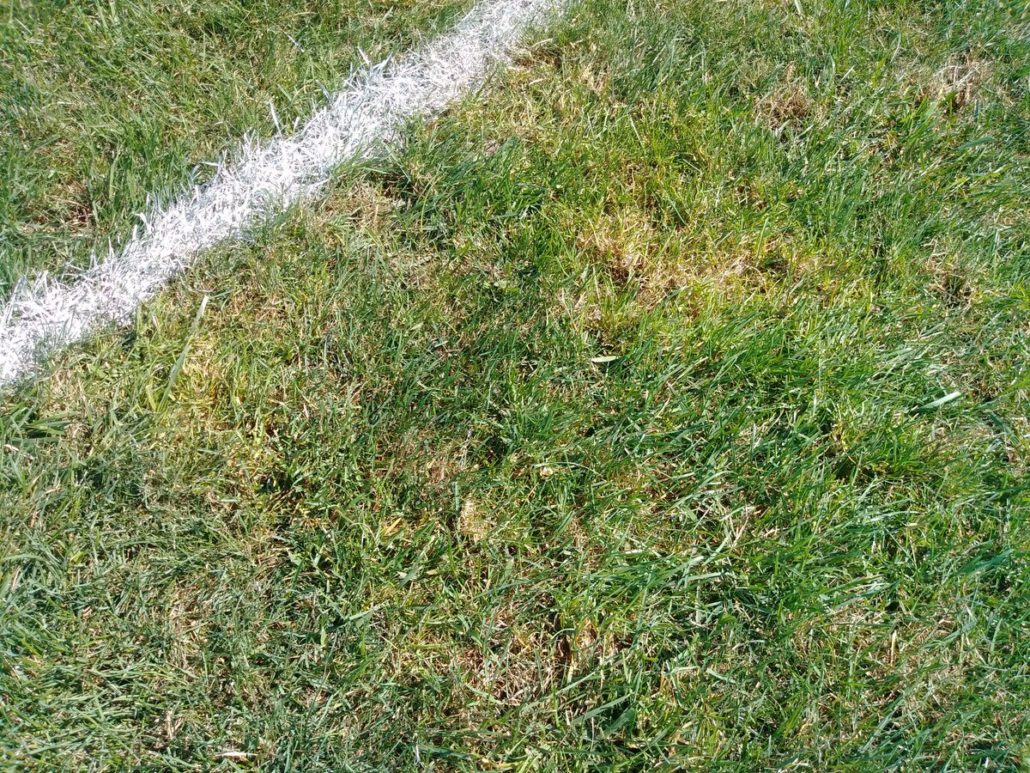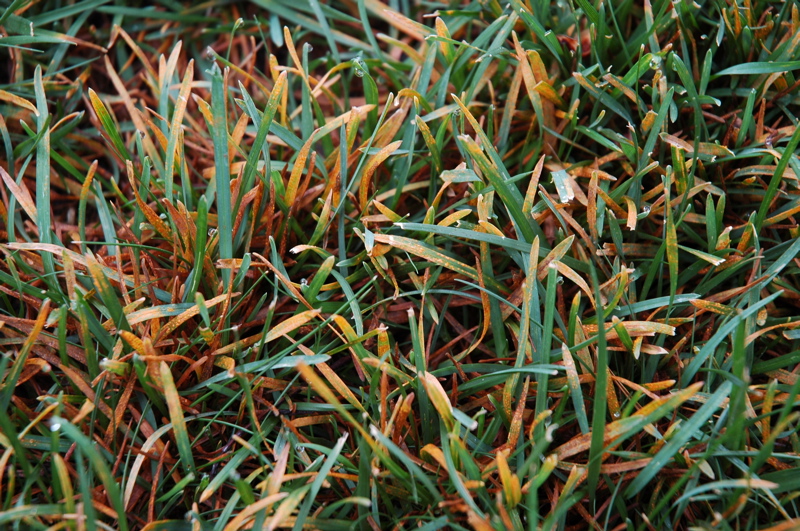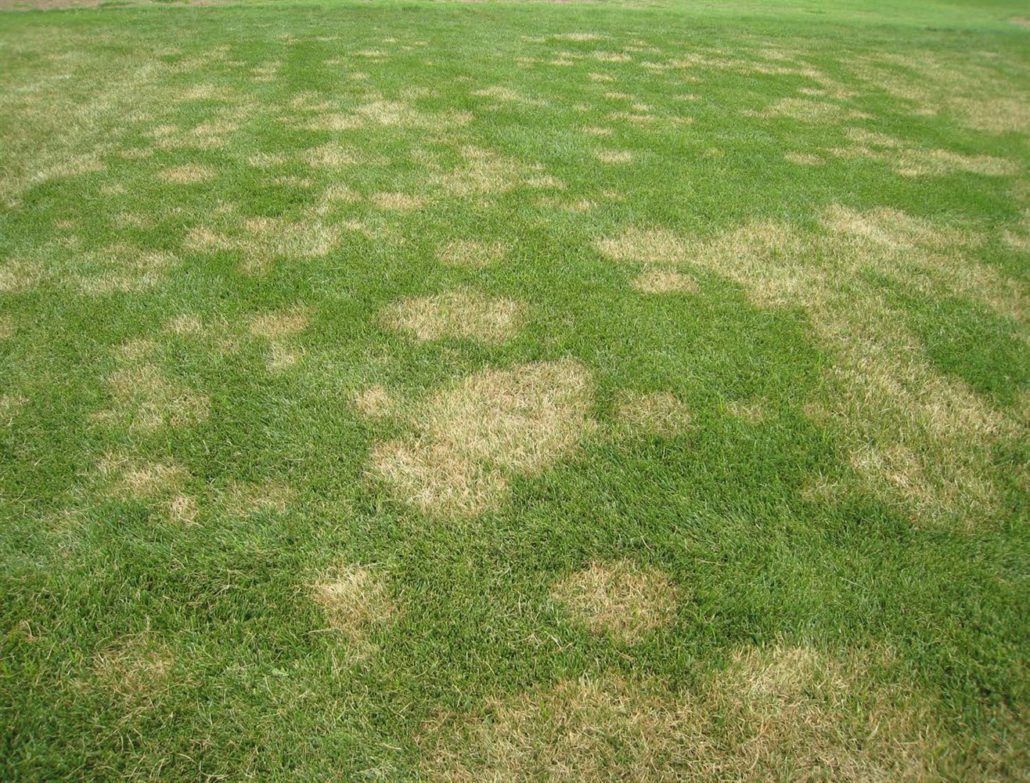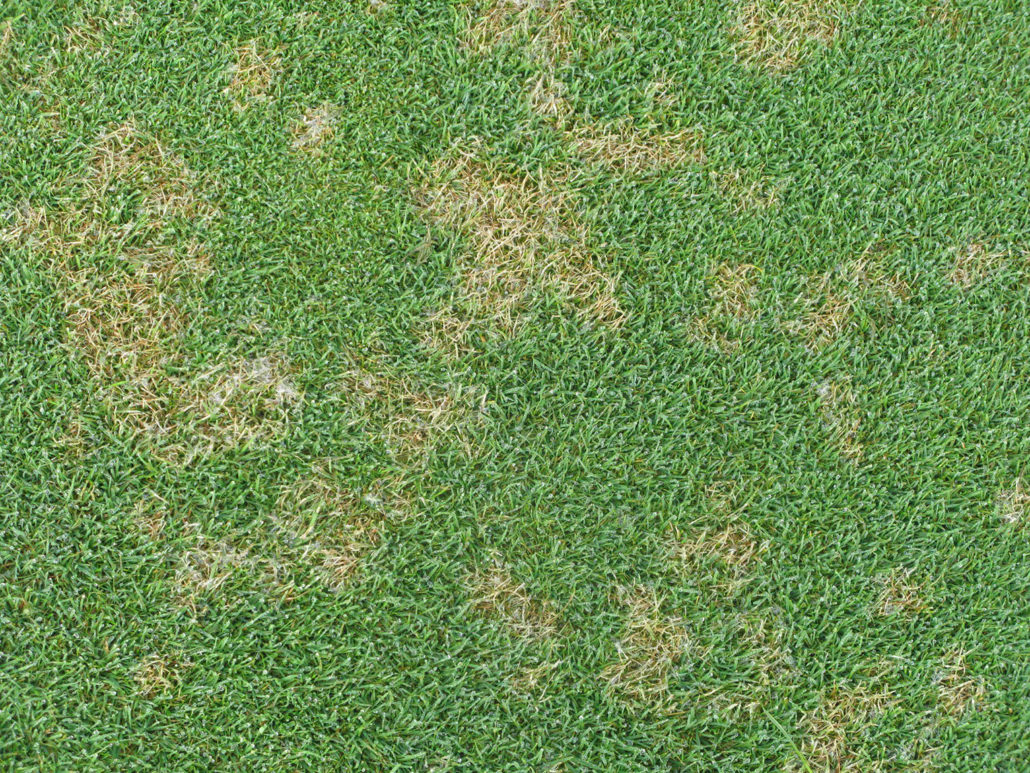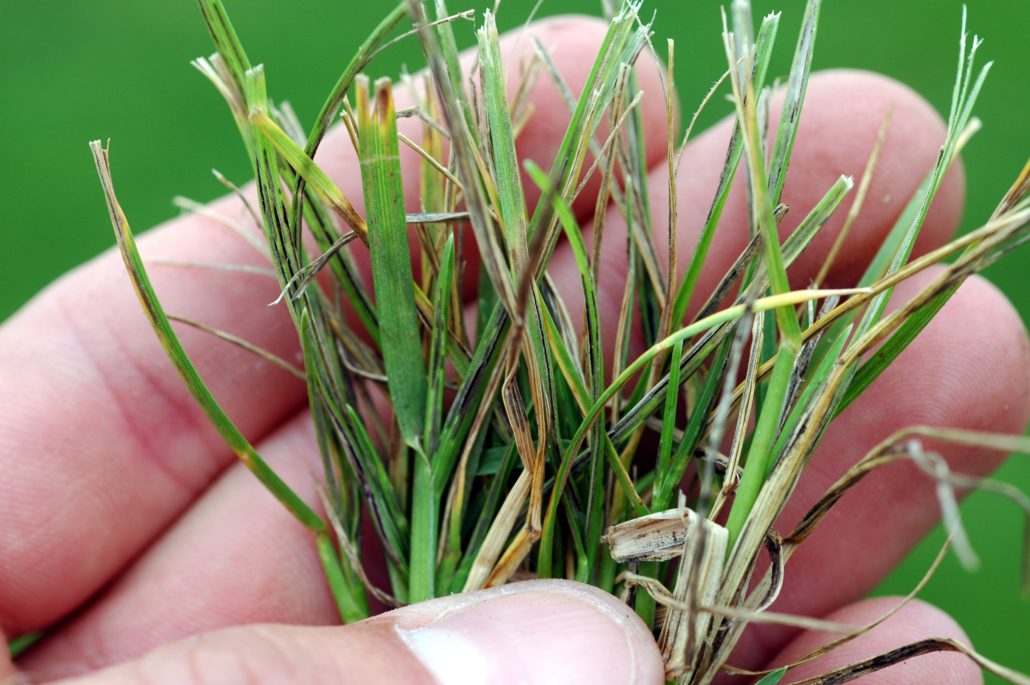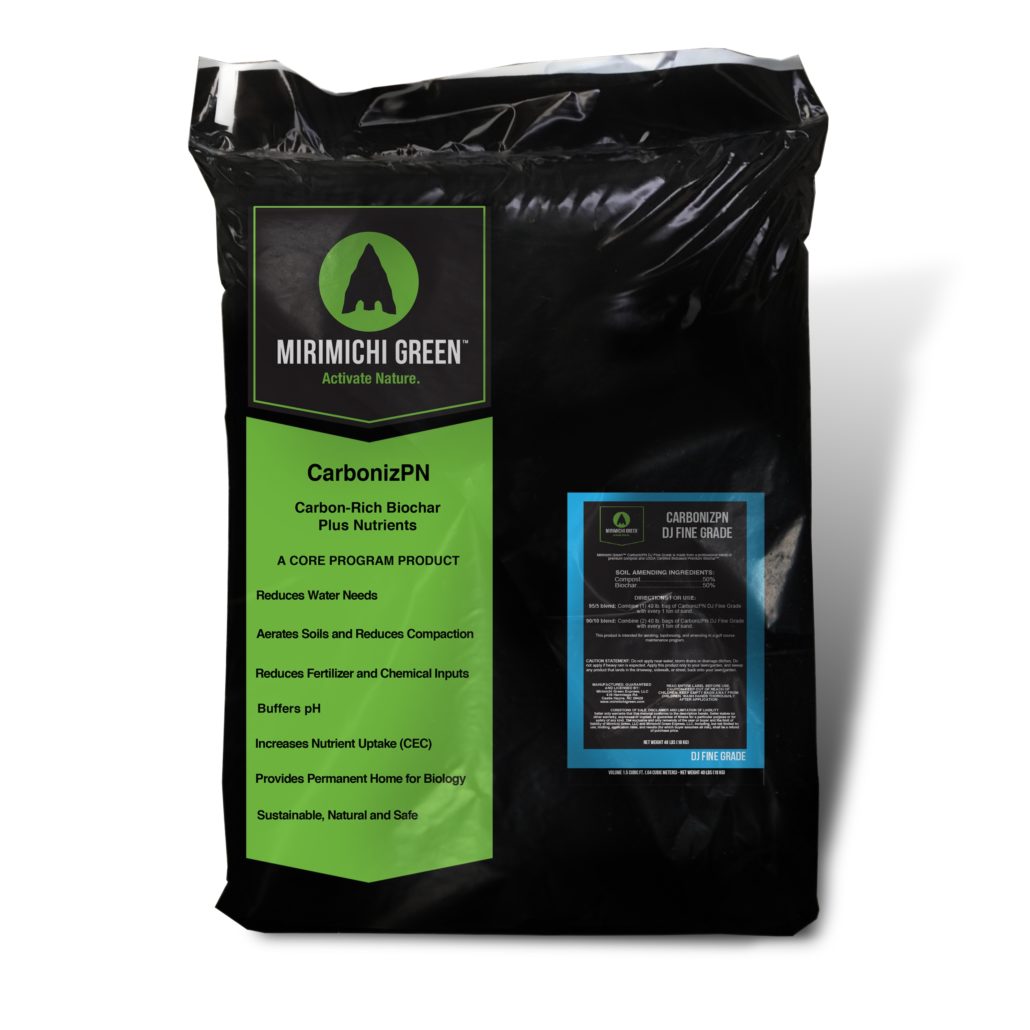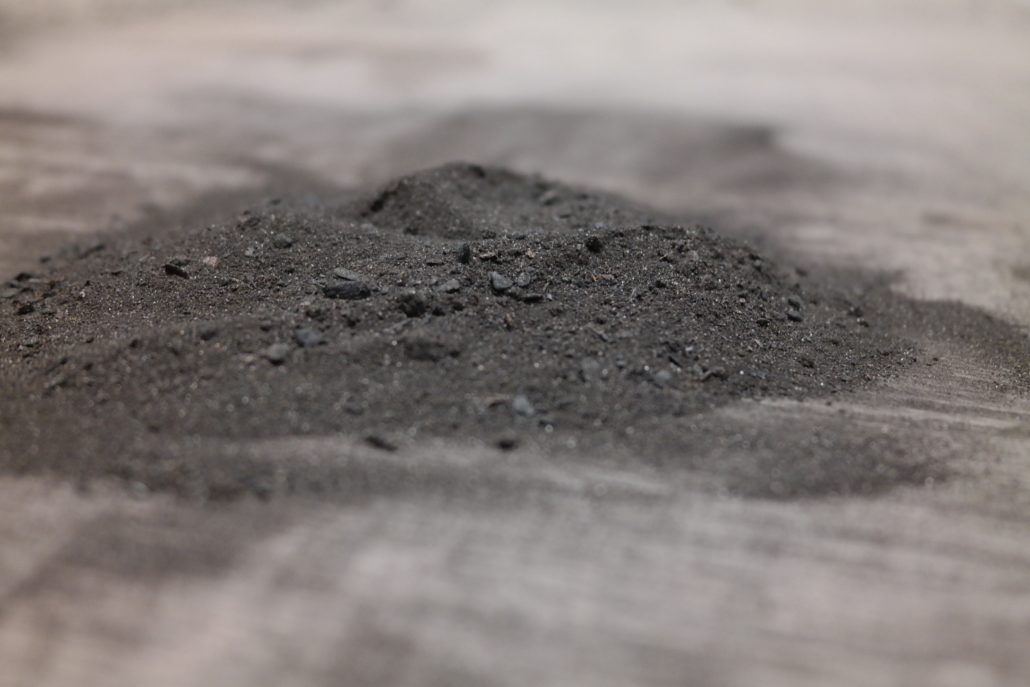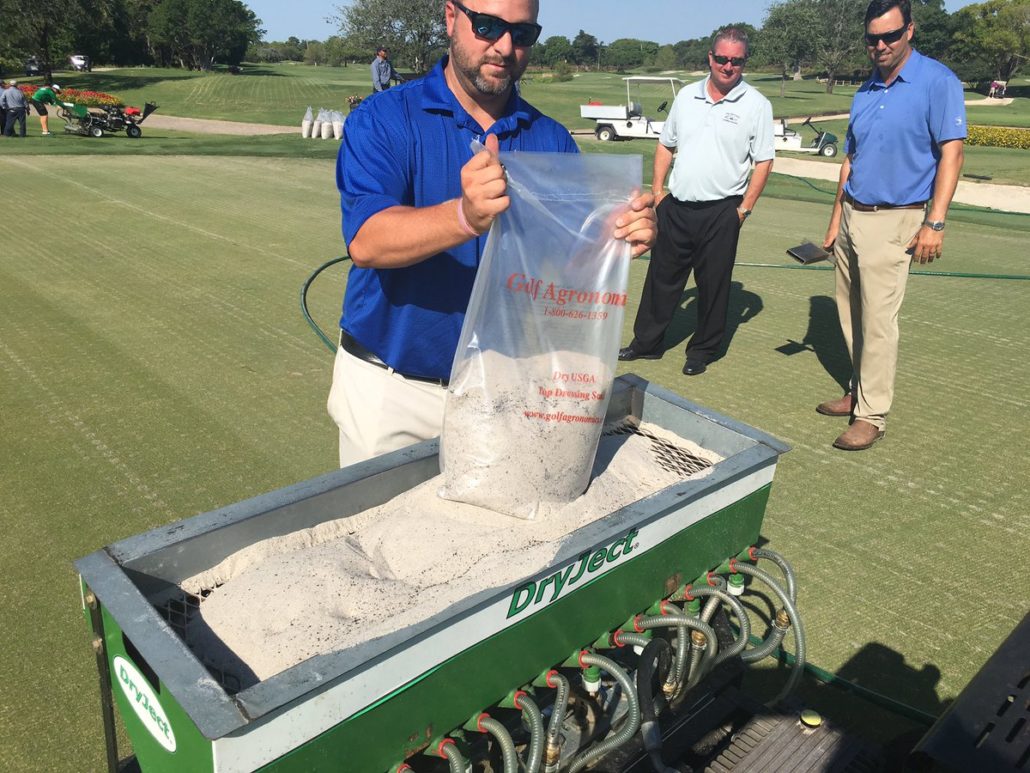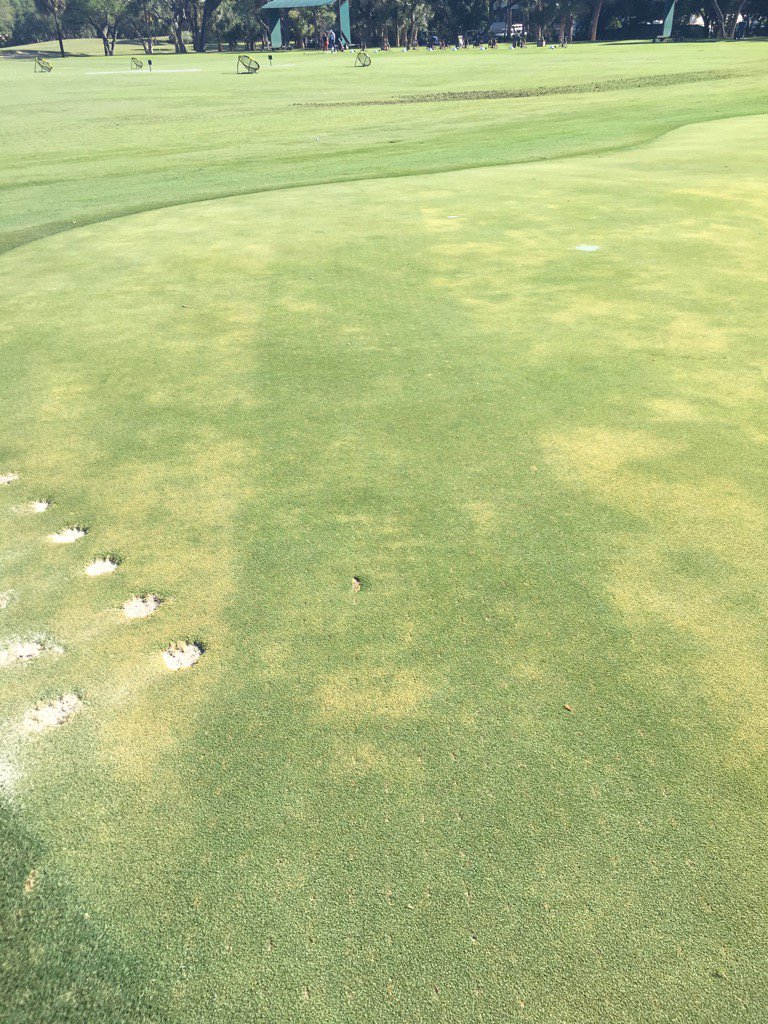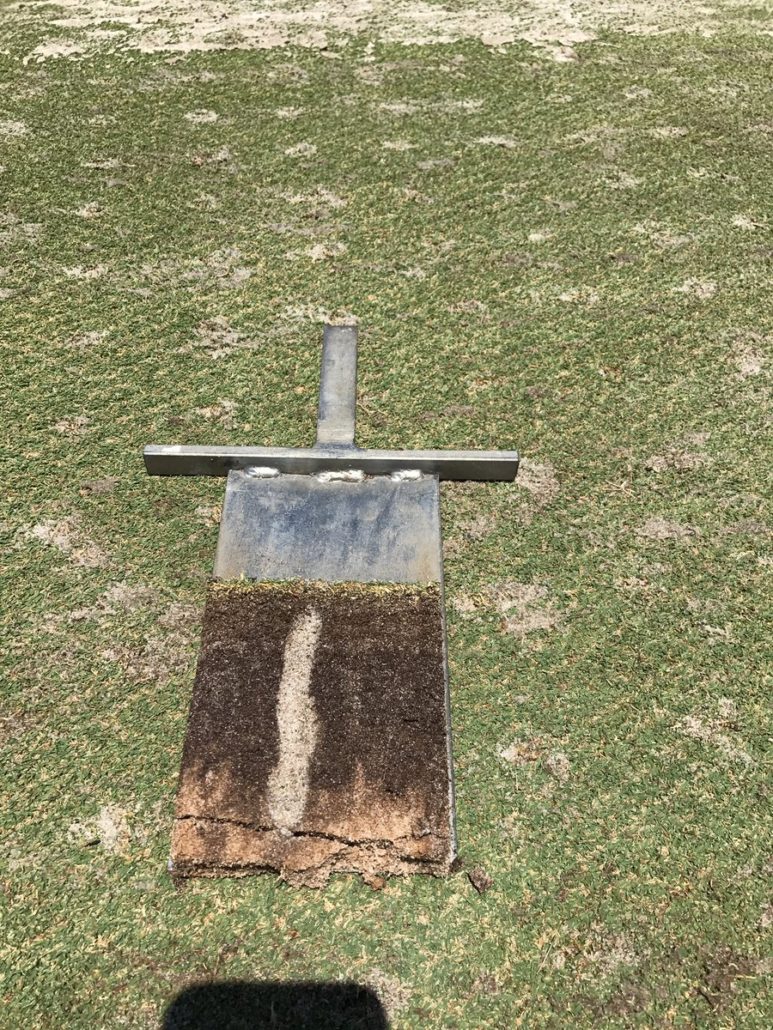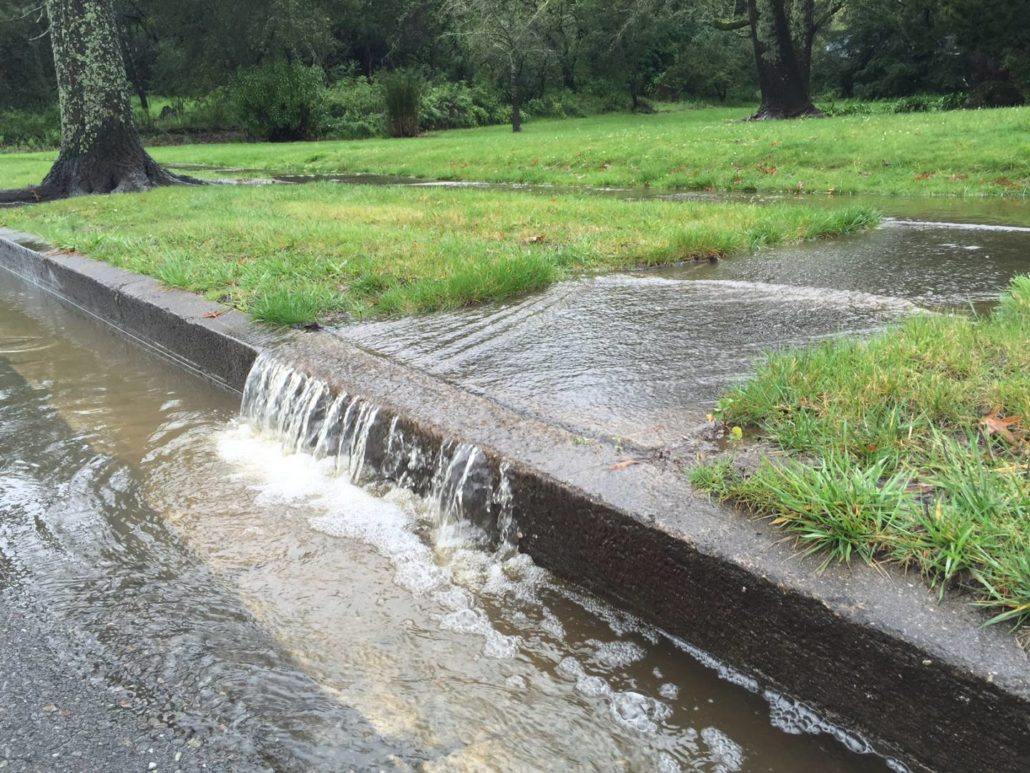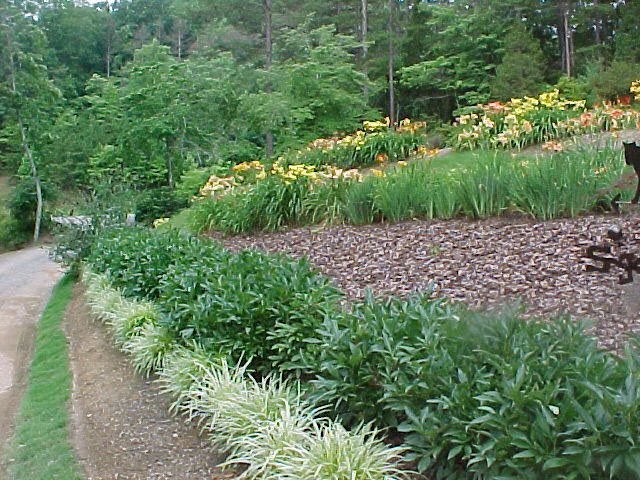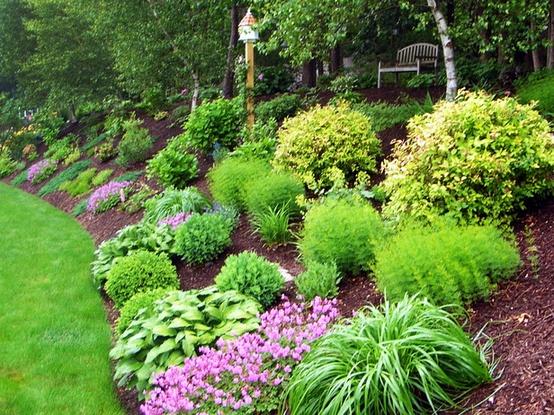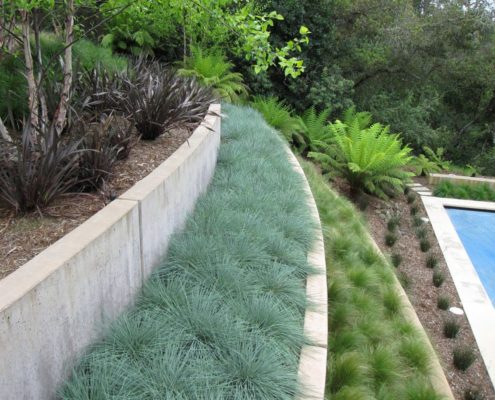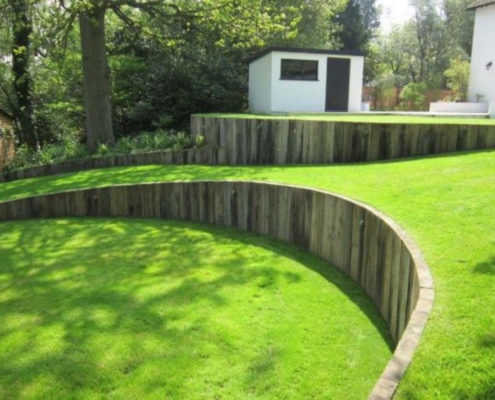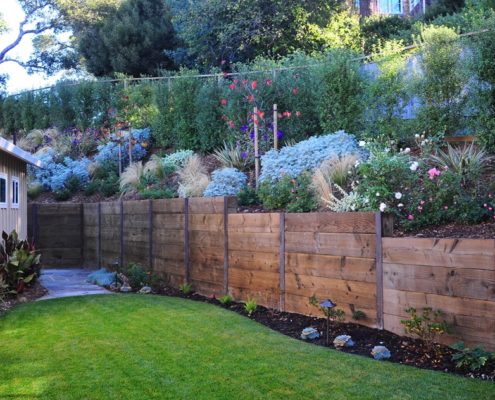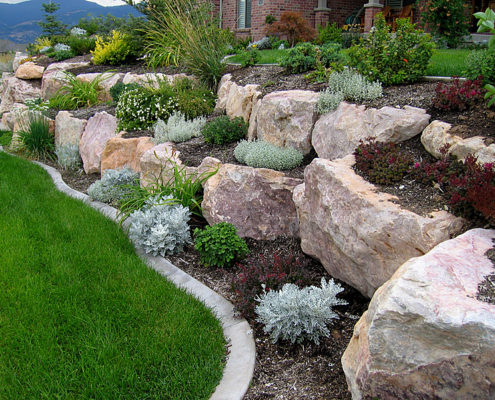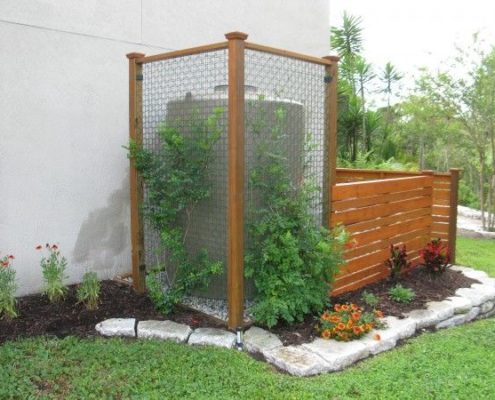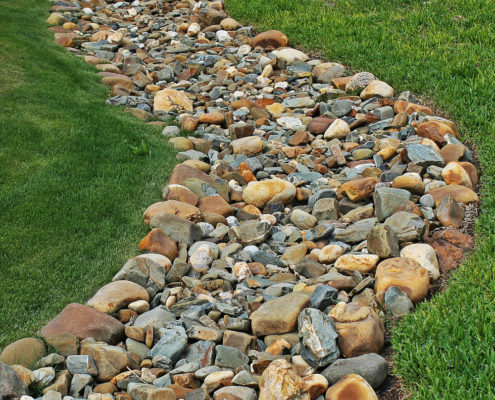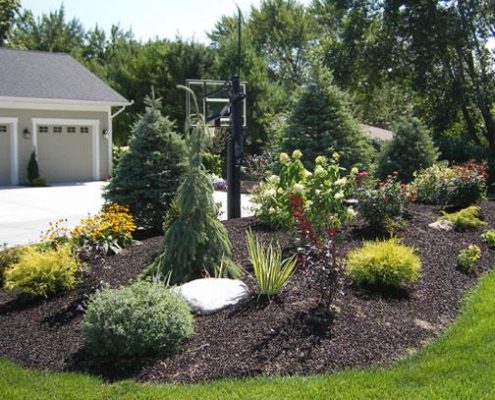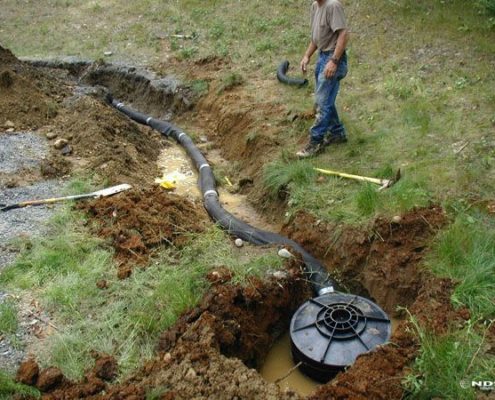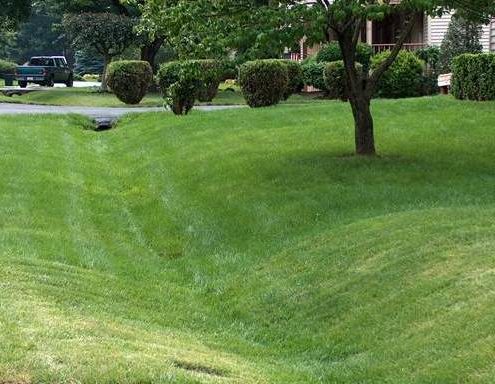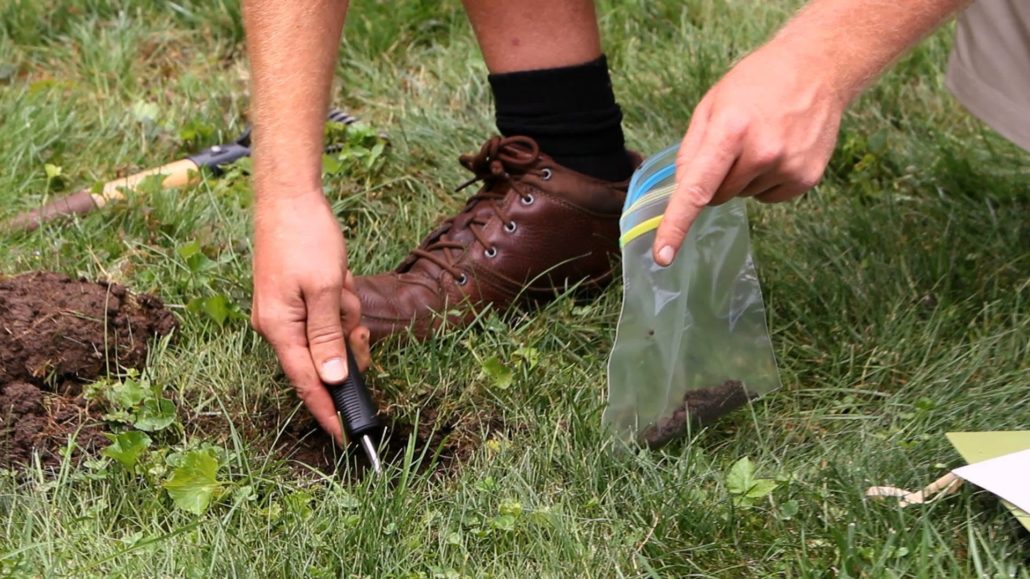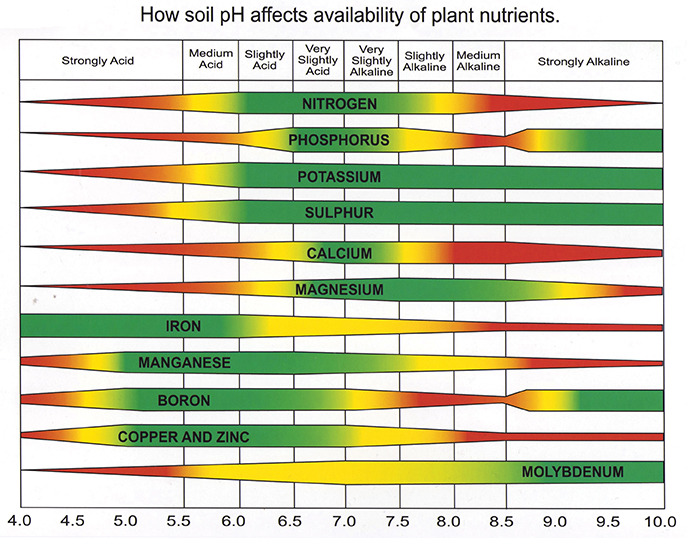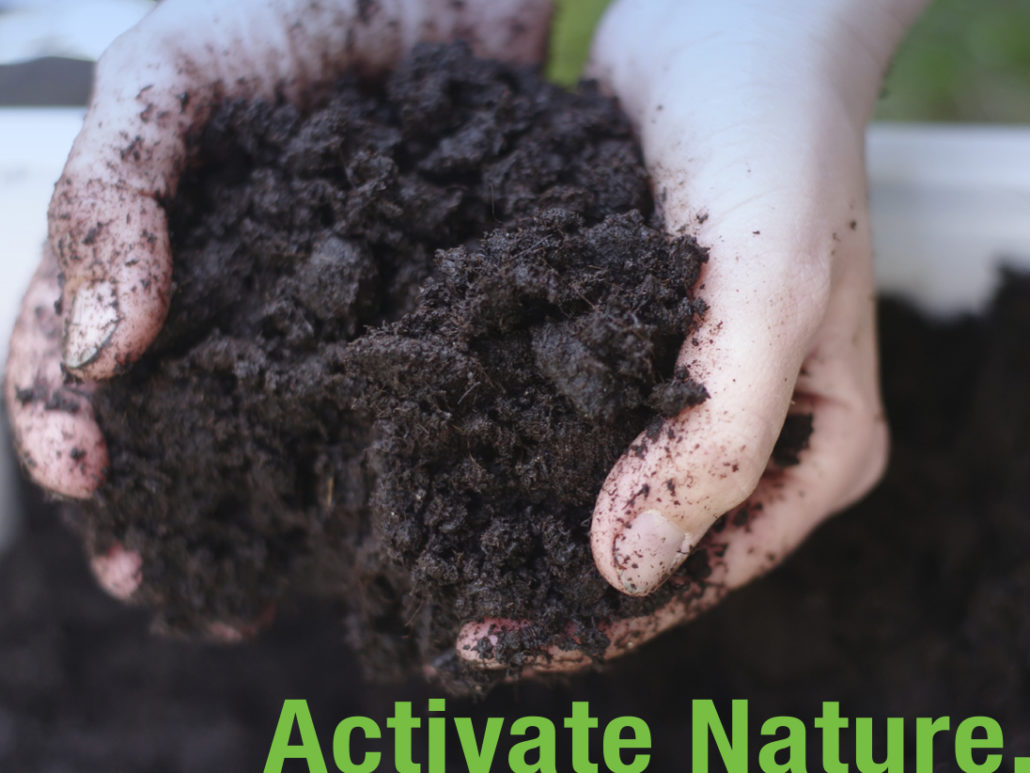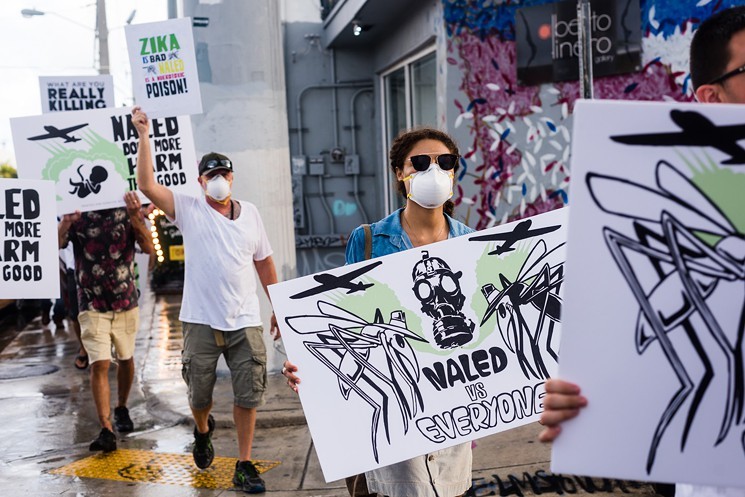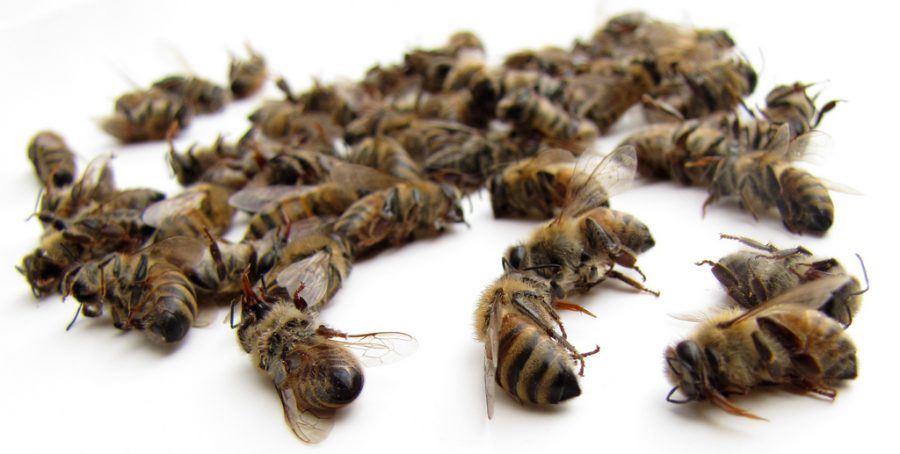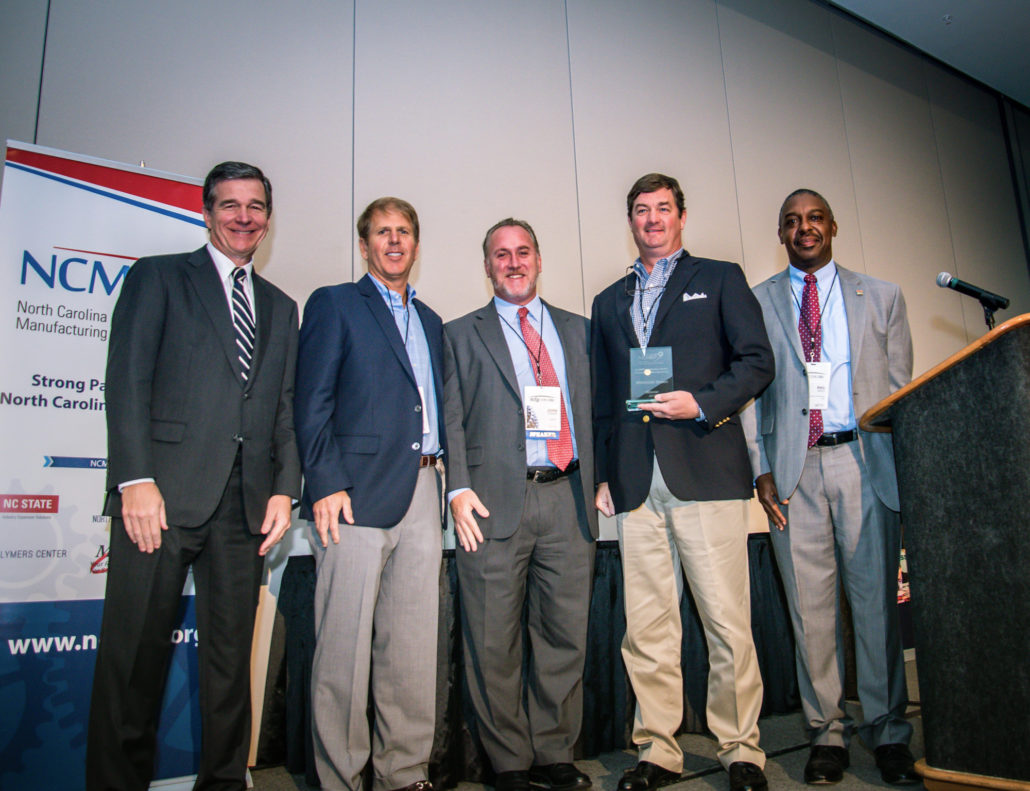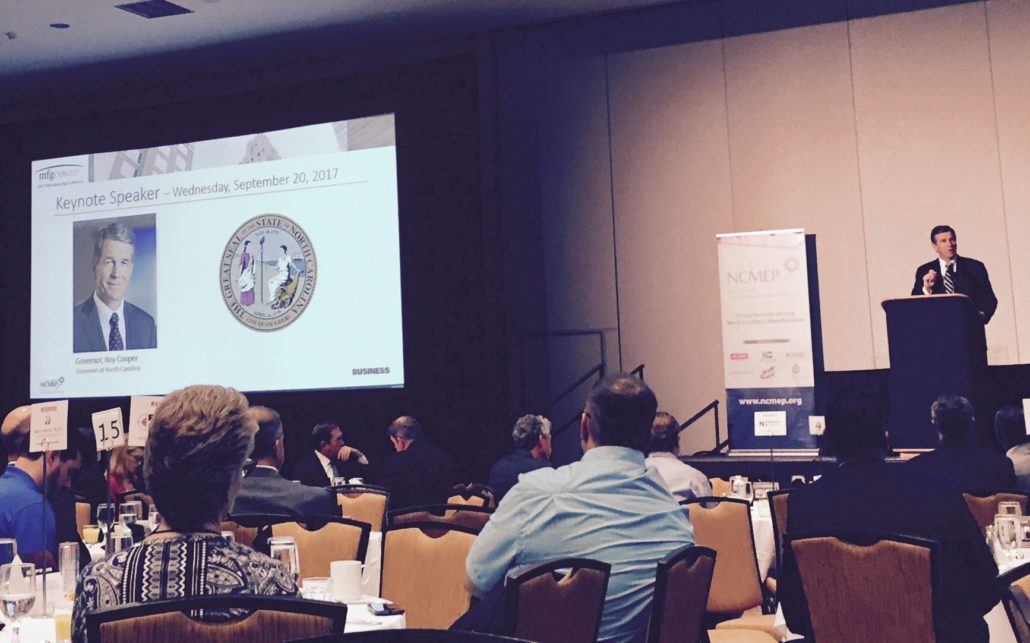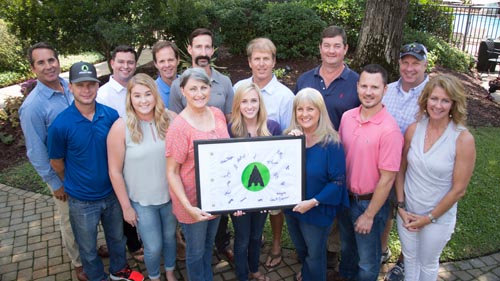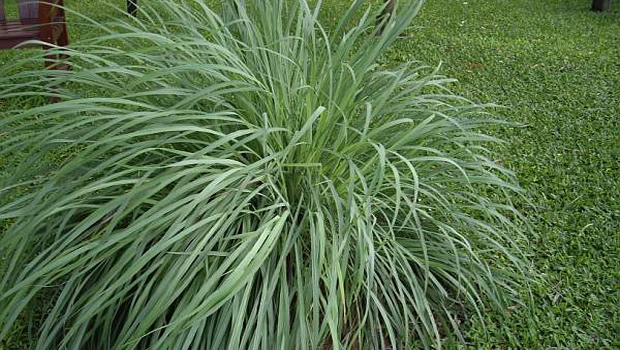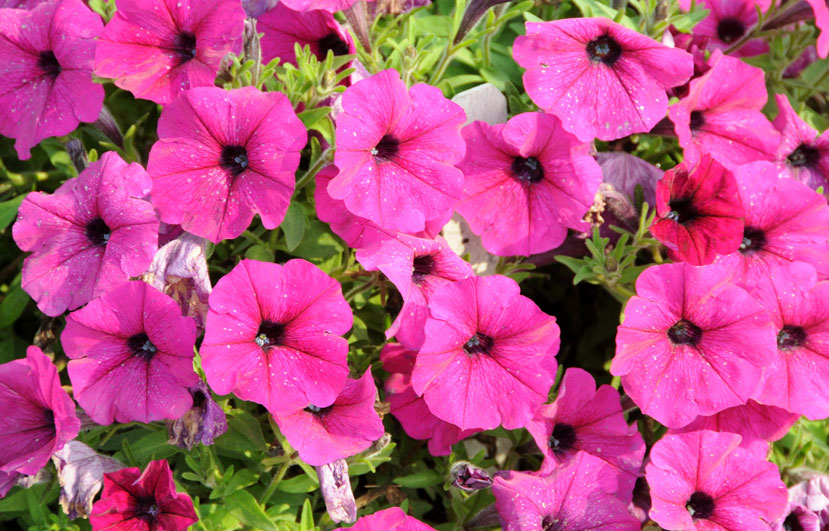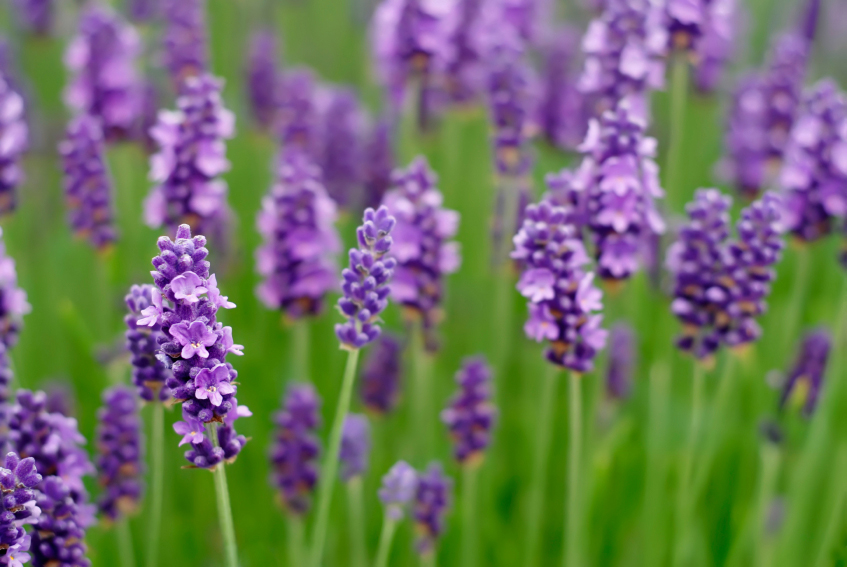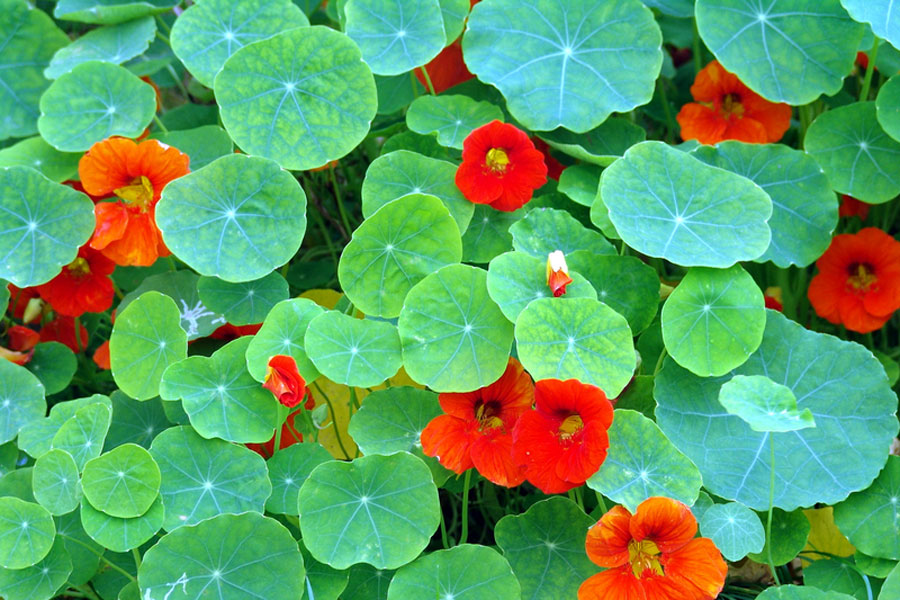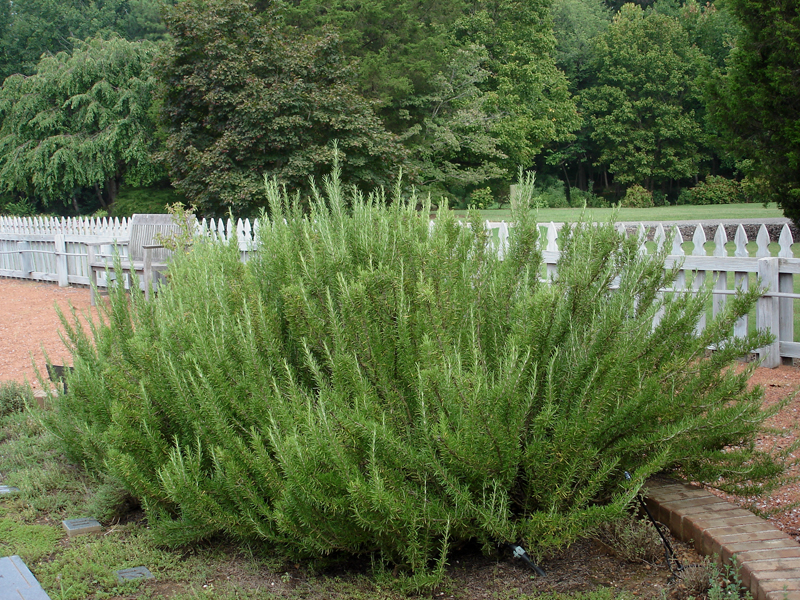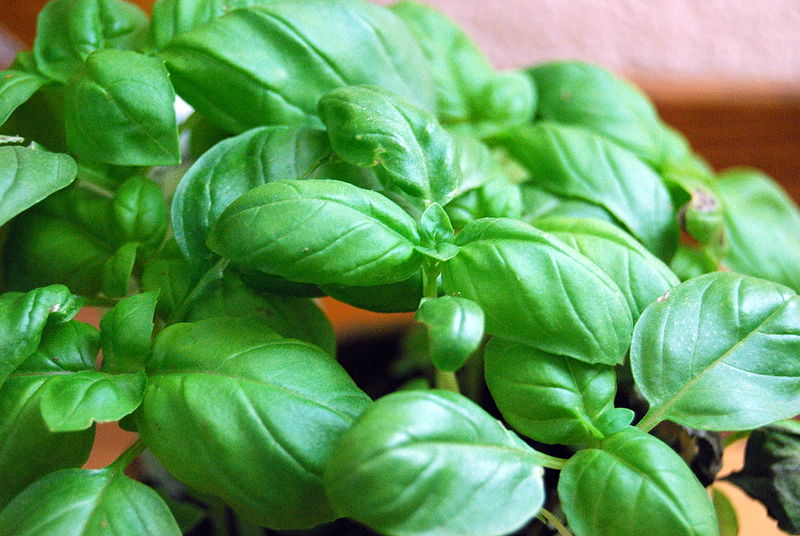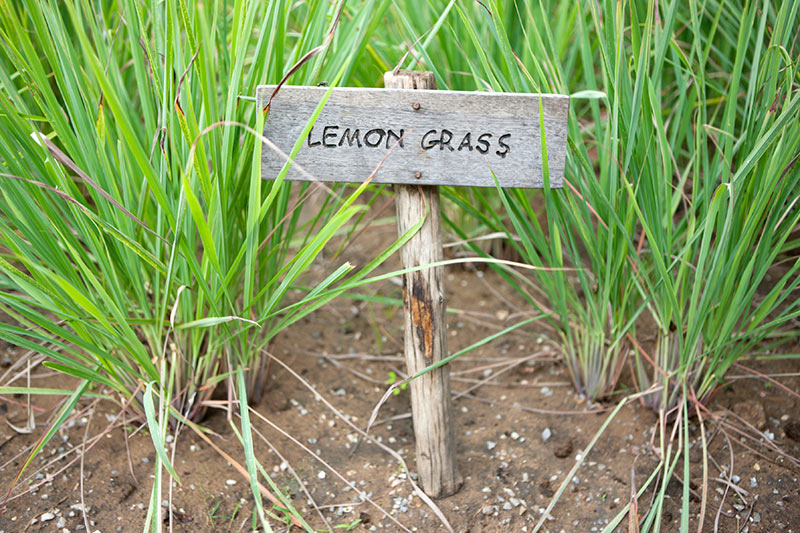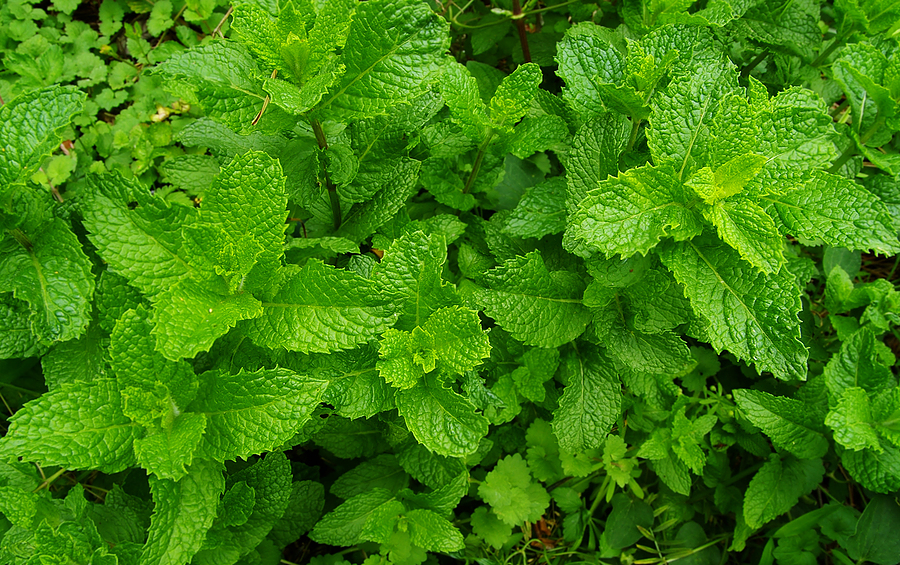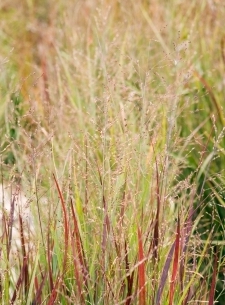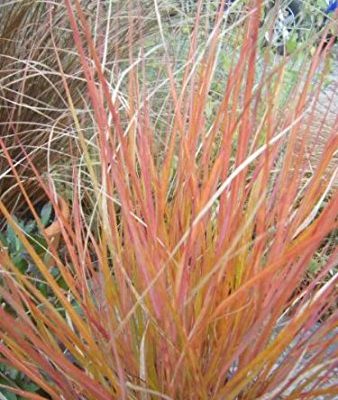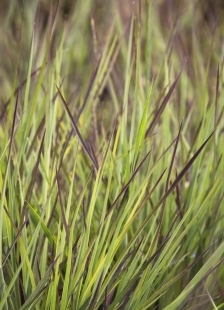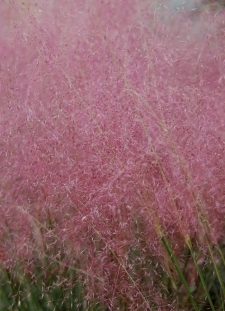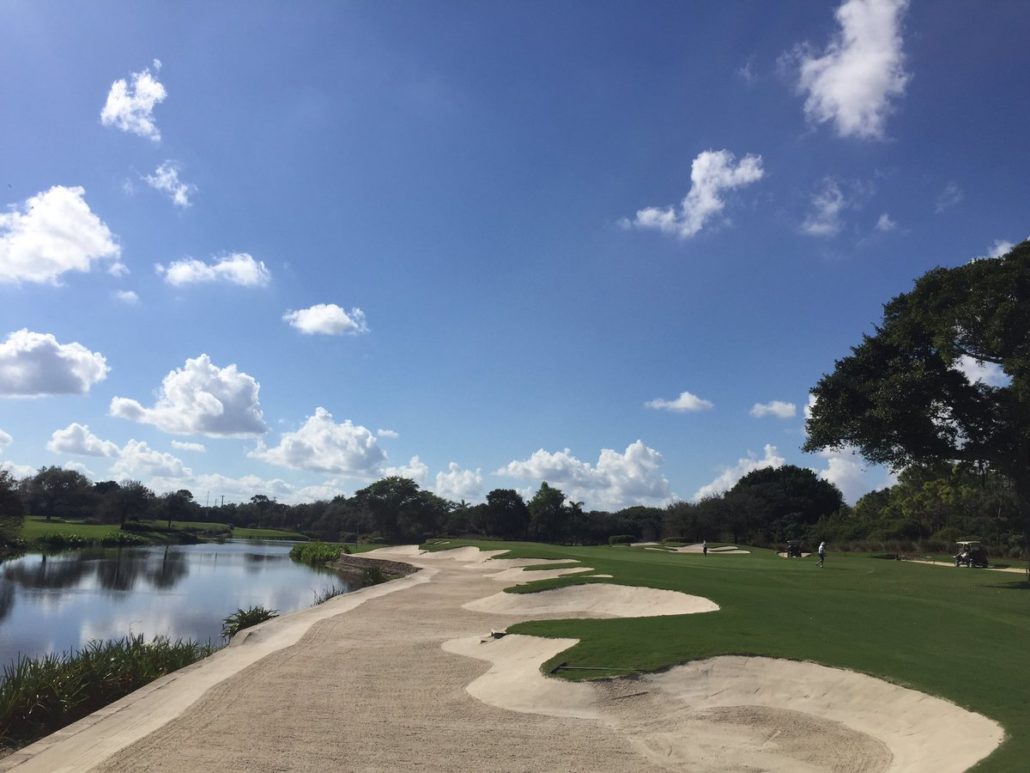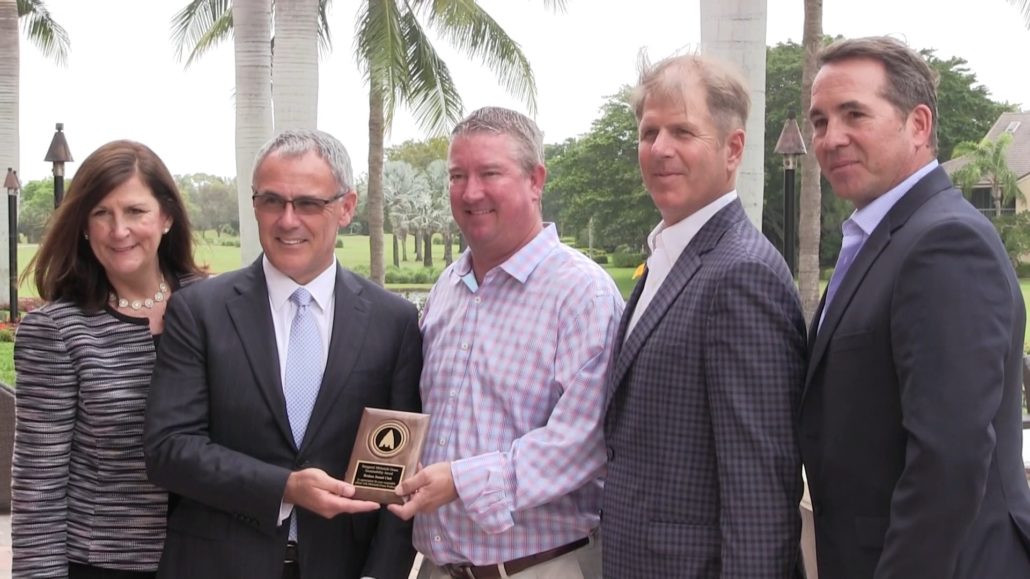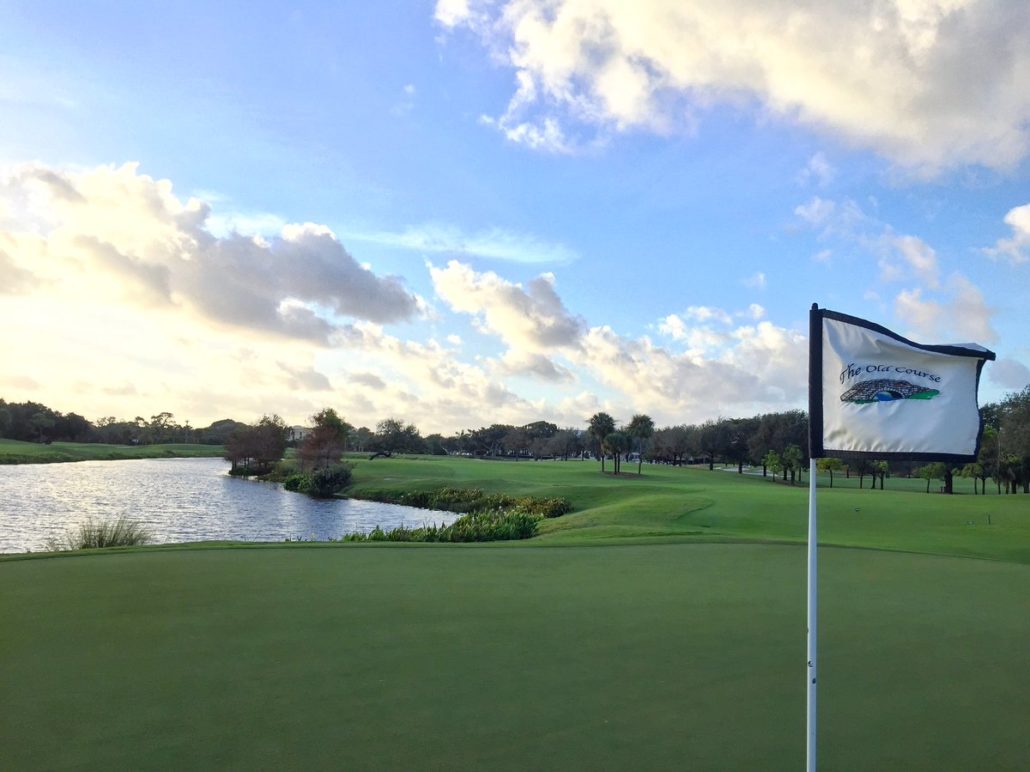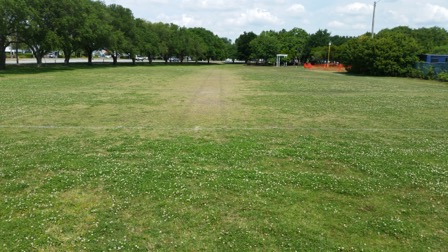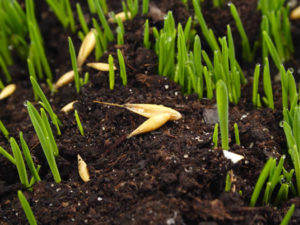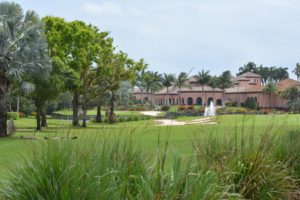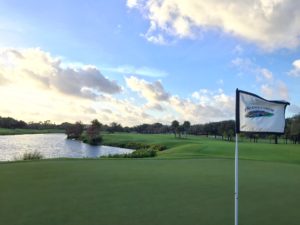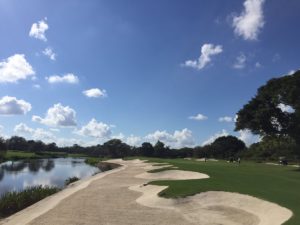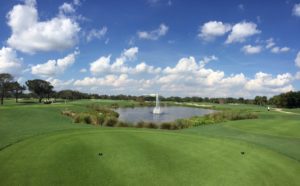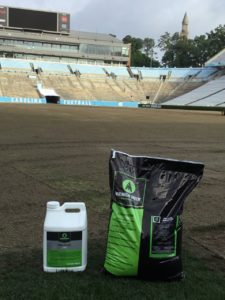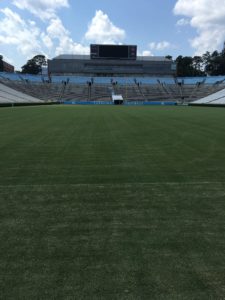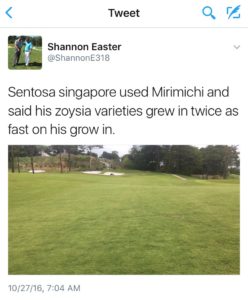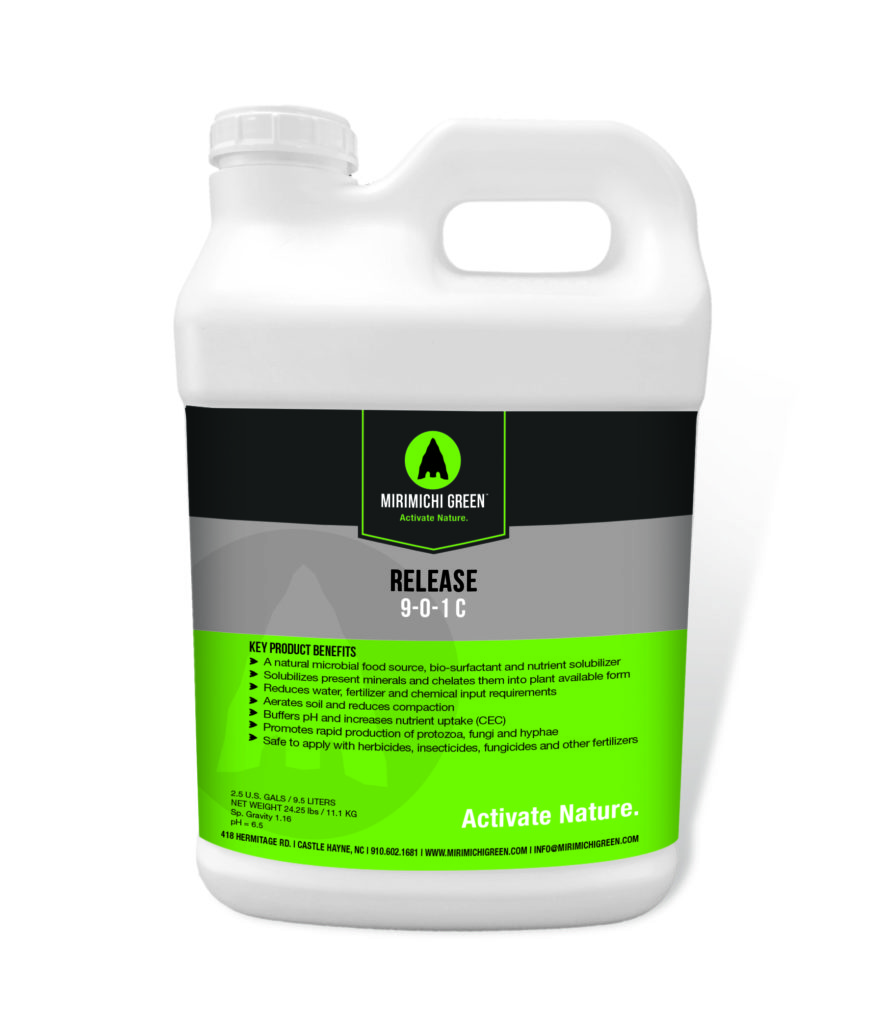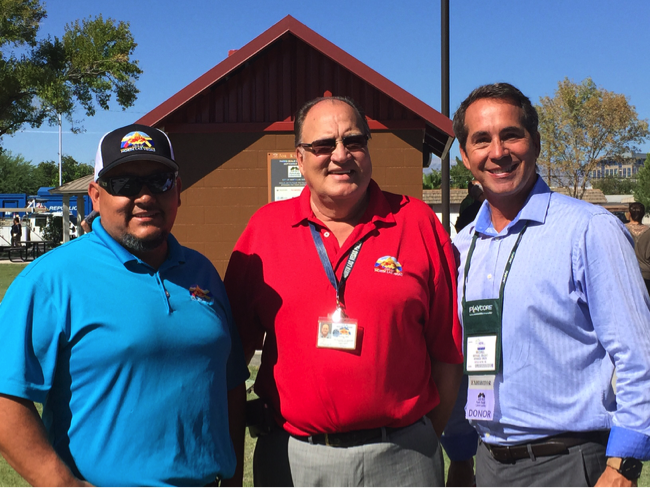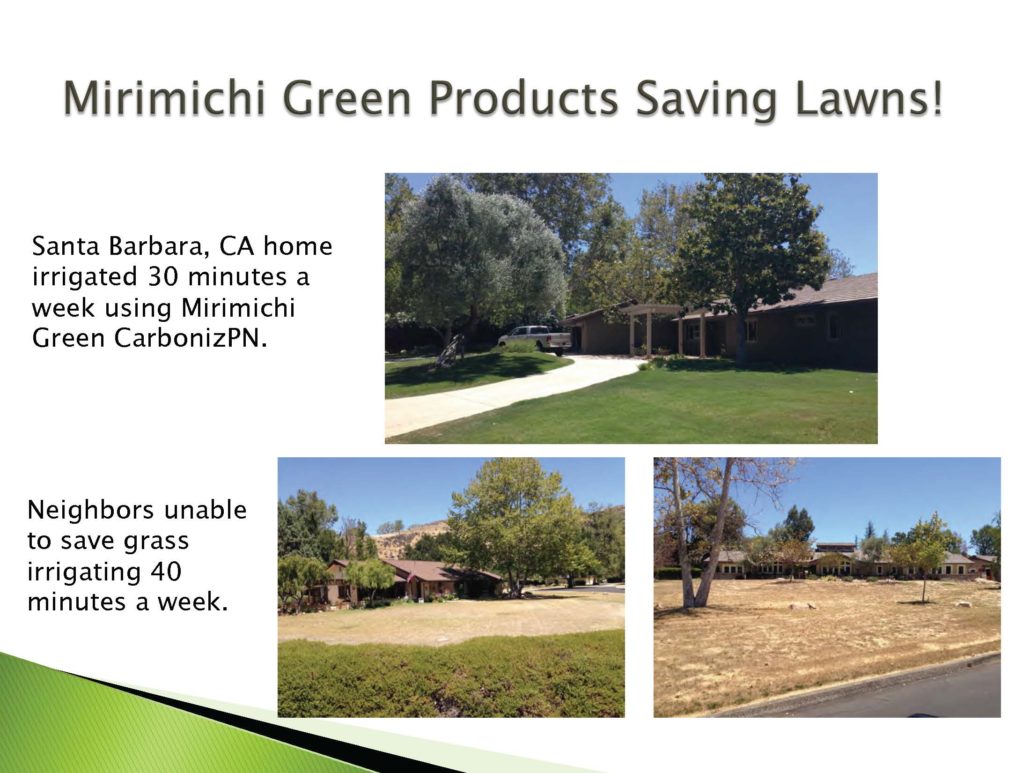Ecolawn Applicator: A conversation with Daniel Coté
In the ever-evolving world of landscaping, innovation and adaptability are key. We recently sat down with Daniel Coté, a landscaper turned global manufacturer, who shared the inspiring journey of Ecolawn, the challenges faced, and how the company is addressing the needs of today’s landscapers.
Check out the full video below:
Key Topics
1- Tell us how Ecolawn started?
We all have to work to live and feed our families. I wanted to be self-employed, physically working and working outside. I wanted to do a job that would allow me to do something good. At that time, the use of pesticides in urban areas began to be restricted. Lawn care was often cited as an example. I understood that there was a need, a business opportunity.
2- As a former landscaper, what problems did you seek to solve by creating Ecolawn?
Speed of execution. No matter how much the merits of topdressing are praised, there is a limit to what customers can pay for the service. Doing the work in spades does not make sense for a landscaper. To succeed I had to be profitable. I had to create a machine.
3 – How have the needs of your users evolved in the 25 years that you have been manufacturing the equipment?
In today’s world, people are increasingly aware of the benefits of soil improvement, leading to a higher demand for landscapers; hence, efficiency matters more than ever to meet this growing demand, especially with labor shortages and rising costs – our machine addresses all these challenges.
4- What were the biggest challenges you faced to bring Ecolawn to where it is today?
Being a product requiring demonstration for sales, it was necessary to form partnerships to facilitate accessible and close-to-customer demonstrations, making establishing a distribution network challenging for a niche product like this at the time. Furthermore, while selling these machines was promising, meeting the rising demand necessitated assembling a production team and consistently refining manufacturing processes to ensure the ability to keep up with the increasing pace while maintaining quality.
5- What challenges are you currently facing?
Currently, inflation is the challenge of the hour. We cannot continually raise prices and think that people will always pay more. From a manufacturing point of view, we must work to improve our manufacturing processes, our lay outs, work with our suppliers to keep prices competitive. The recent pandemic has unveiled unprecedented challenges in the supply chain, highlighting elements we hadn’t encountered before, making securing our supply a relatively recent and significant challenge.
6- What is the best way for landscapers interested in an Ecolawn to learn more about machines. Is there a way for them to try the equipment before buying it?
Absolutely. The interested landscaper will do his own research: on our website, on social networks. On our website, by filling out our quotation form, he will be able to be well oriented according to his needs. It will then be taken care of by the local distributor who will be able to offer a demonstration at the landscaper.
7- How does Ecolawn compare to other equipment on the market?
I believe that Ecolawn meets the needs of its customers. We are listening. There are other topdressing equipment that have different characteristics and also meet needs. At Ecolawn we have focused on speed of execution and mechanical simplicity. Recognizing that equipment breakdowns rarely occur at the mechanic’s doorstep and downtime is costly, we understand the importance of being able to self-repair quickly and efficiently no matter our location. Most Ecolawn adjustments are made with a single 9-16 key.
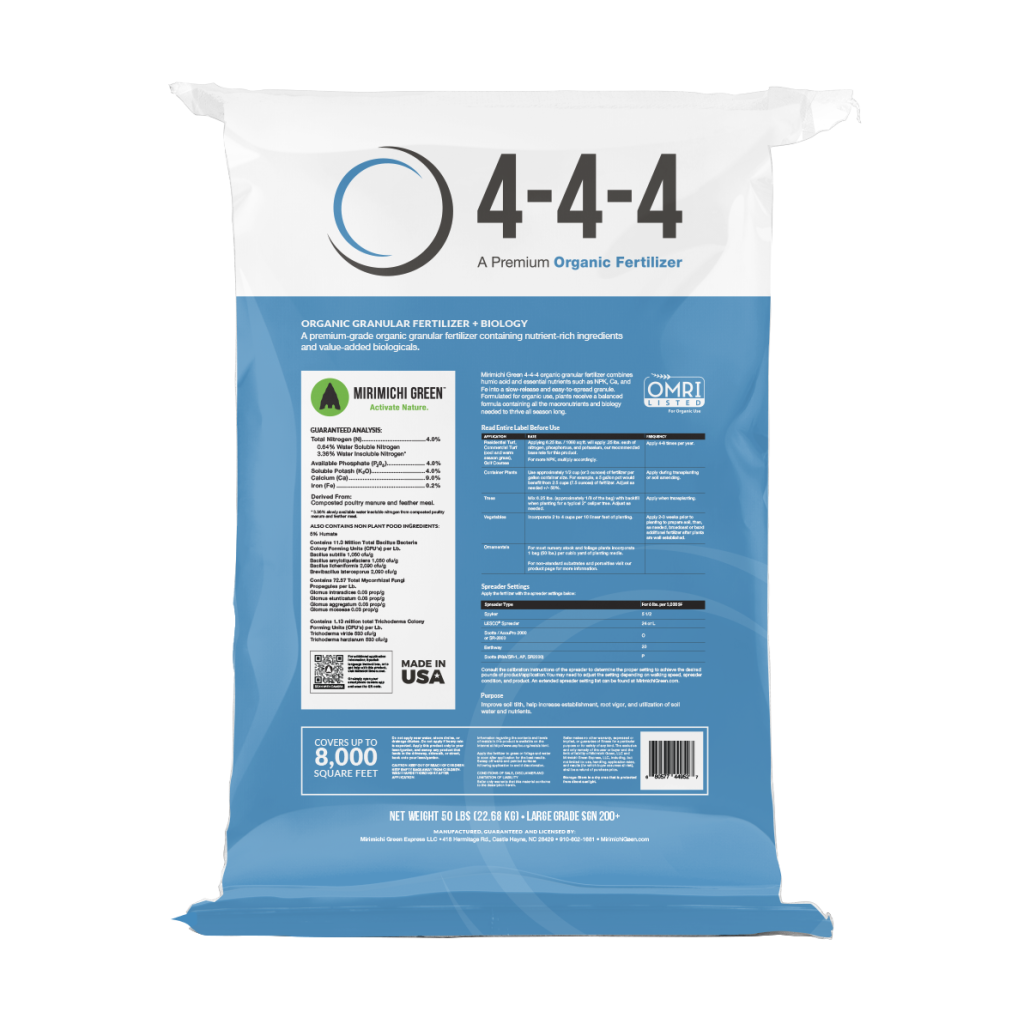
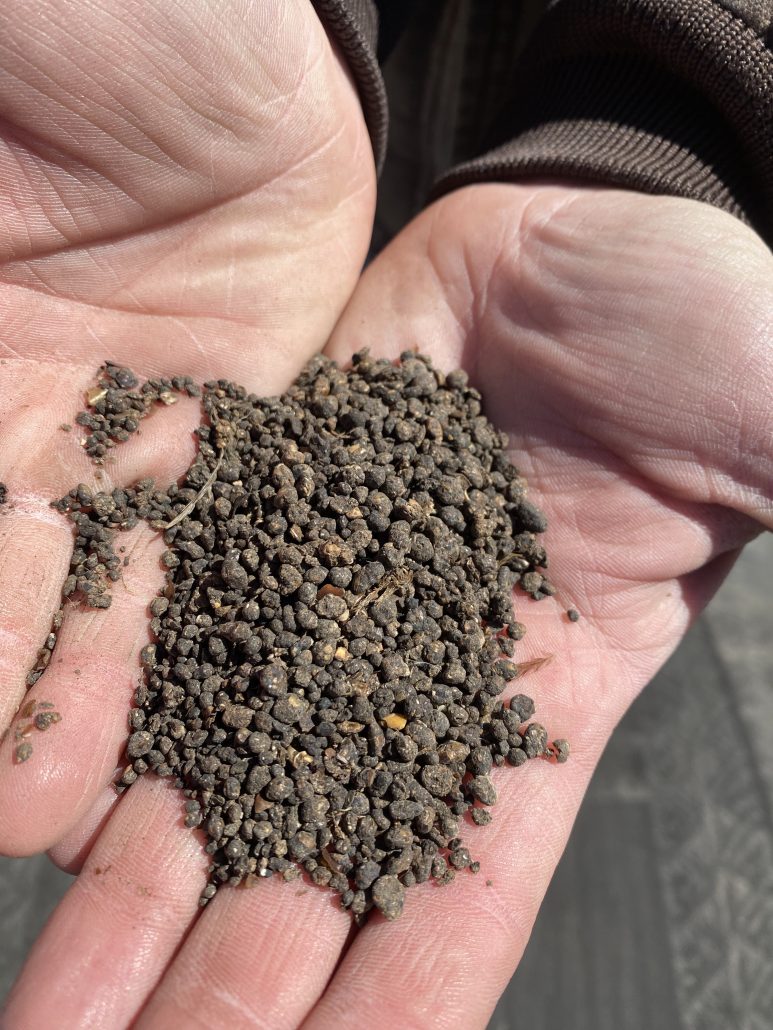
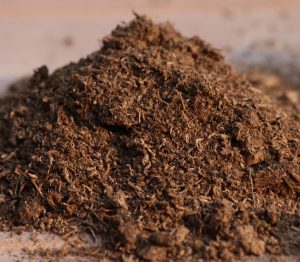
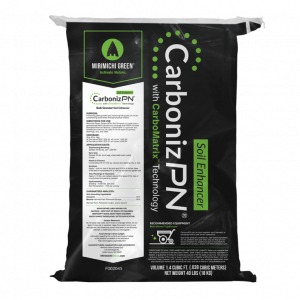
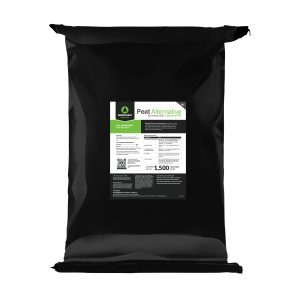

 Castle Hayne, NC, October 21, 2021 –
Castle Hayne, NC, October 21, 2021 –